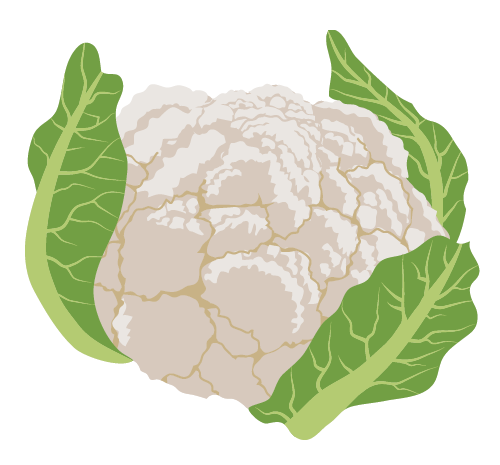Food Waste
A Global Issue

1/3 OF ALL FOOD PRODUCED IN THE WORLD IS WASTED
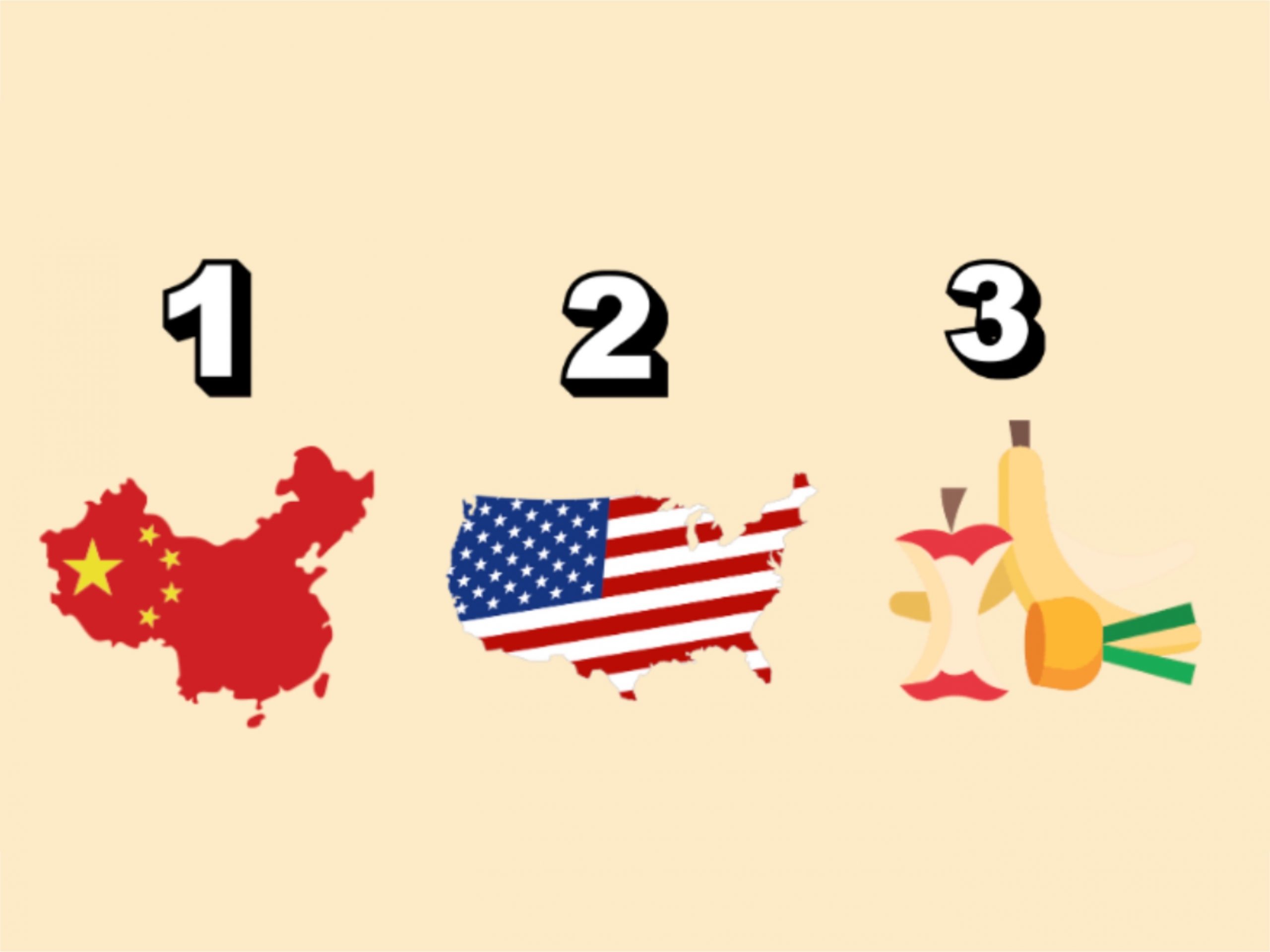
If food waste was a country, it would be the 3rd biggest greenhouse gas emitter behind China and the US



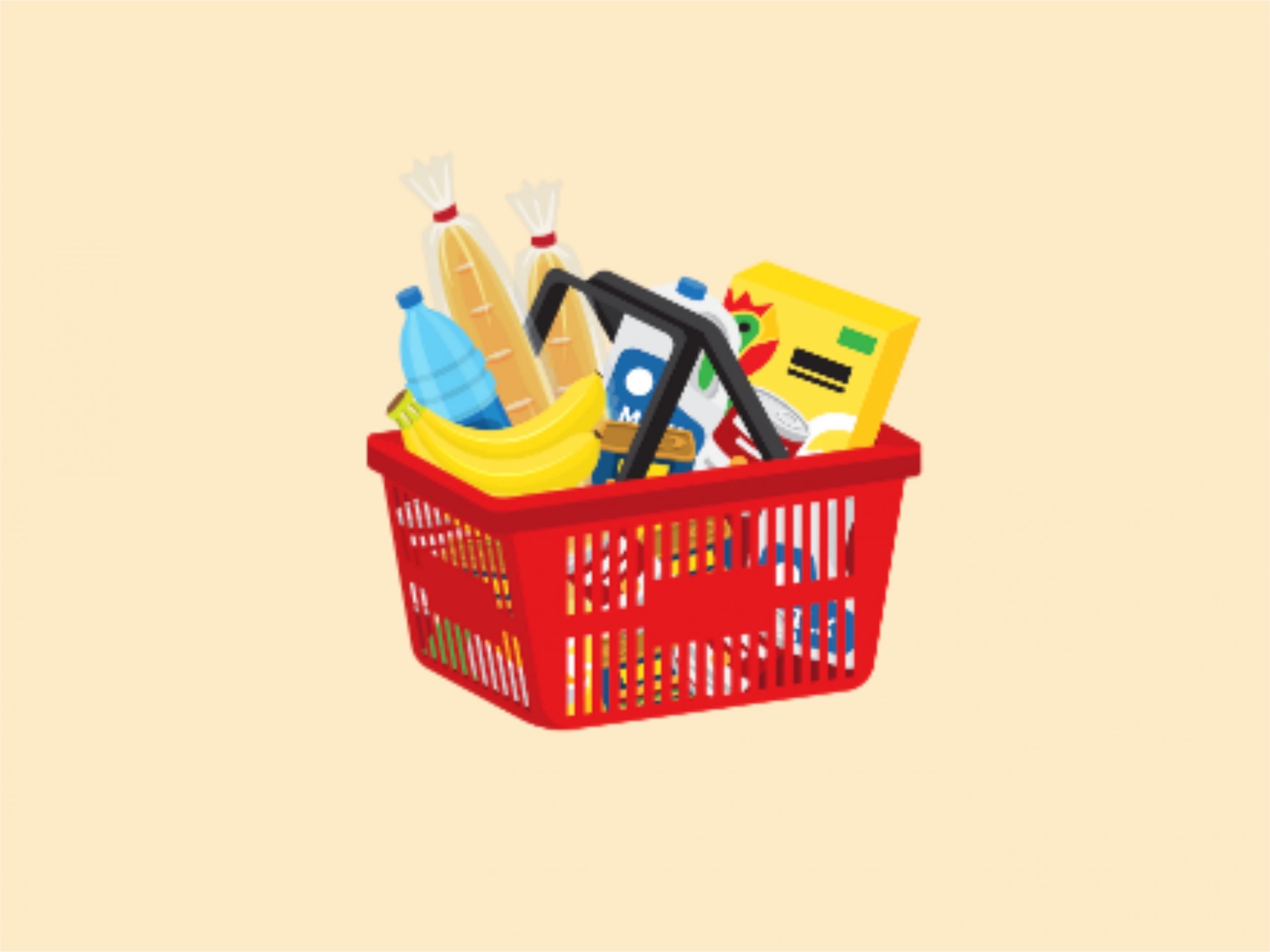
FOOD WASTE
IN THE US
FOOD WASTE
INTERNATIONALLY
STORIES AND ADVICE
FROM EXPERTS
TIPS &
TRICKS
FOOD WASTE IN THE US
WHERE IS FOOD WASTED AND WHAT RULES
ARE IN PLACE FOR FOOD WASTE PREVENTION?
119 BILLION POUNDS OF FOOD IS WASTED PER YEAR IN THE UNITED STATES.
AT THE SAME TIME, THERE ARE 34 MILLION PEOPLE IN THE US FACING FOOD INSECURITY
OUR WASTED FOOD IN THE US IS EQUIVALENT TO 120,000,000 GALLONS OF WATER
70% OF WASTED FOOD IS EDIBLE
WASTED FOOD IN THE FOOD SYSTEM
CHALLENGES FACED AT EACH STAGE
THE FOOD SUPPLY CHAIN
Waste can be sneaky, and something many of us choose not to fixate on; however, we are able to visualize the food we discard on a daily basis – we can see our garbage bins fill up, and we can see what makes it onto our plates. On the other hand, when it comes to other aspects of the food supply chain, most individuals are unaware of the vast amount of food that gets tossed before we even see it in a store. To understand how food gets wasted throughout the food supply chain, we must first understand the different stages of the supply chain itself.
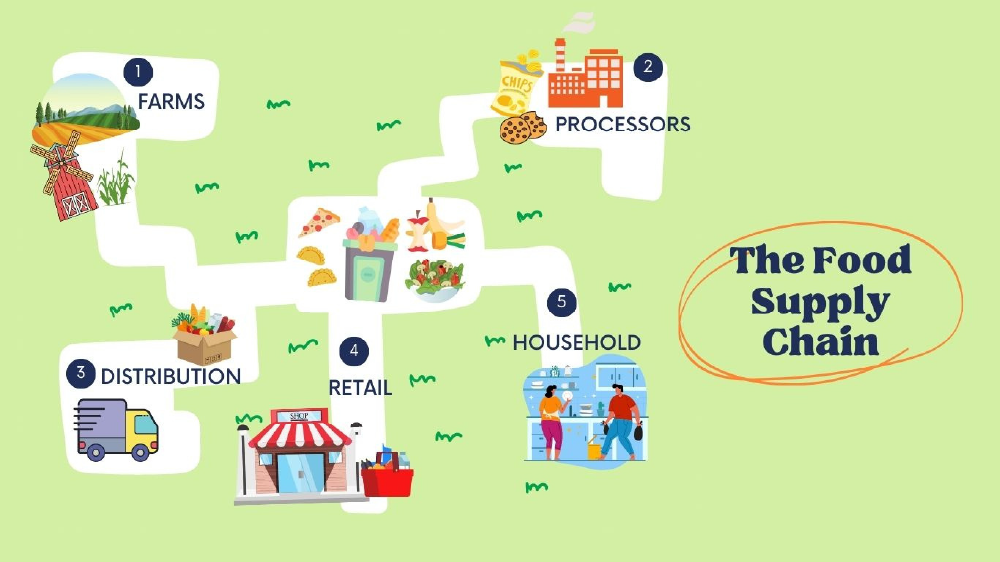
- FARMS
or the “production stage.” This is where food is grown, harvested, produced and developed.
2. PROCESSORS
after the food is produced, it is processed. Processing includes preparing food for consumers – washing, cutting peeling, packaging, etc.
3. DISTRIBUTION
once the food is processed and ready to go, it must be distributed and transported to retailers.
4. RETAIL
the food makes its way to stores and restaurants and is ready to be sold to customers.
5. HOUSEHOLD
then, after food is purchased, it makes its way to our homes.
FOOD WASTE IN THE US
WHERE AND HOW IS FOOD WASTED?
Why does almost half of America’s food go to waste? PBS NewsHour, 2015
Here are some of the many reasons why food gets tossed throughout the supply chain:
FARMS
PROCESSORS
DISTRIBUTION
RETAIL
HOUSEHOLD
Farms
Labor shortages
Harvesting food can be incredibly time sensitive. When there are labor shortages and not enough hands to harvest crops, food can go to waste.

Unclear demand
Unclear market demand can result in producing more food than necessary.

Lack of storage space
Sometimes there’s not enough space to store harvested food which can cause food to sit and spoil.
Weather/pests uncertainty
Unpredictable elements of nature can damage crops, leaving food inedible and unsellable.
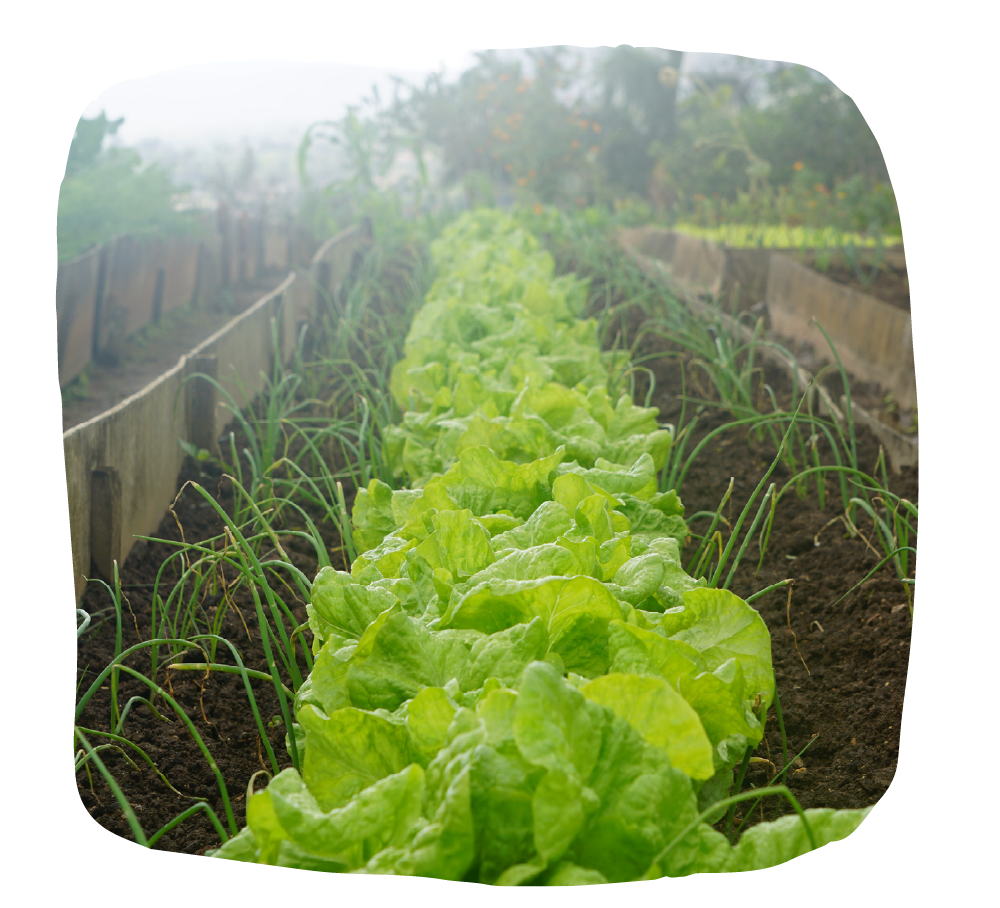
High cosmetic standards
Food on farms can be deemed “unacceptable” if they don’t fit size, shape and quality standards for retailers.
Processors
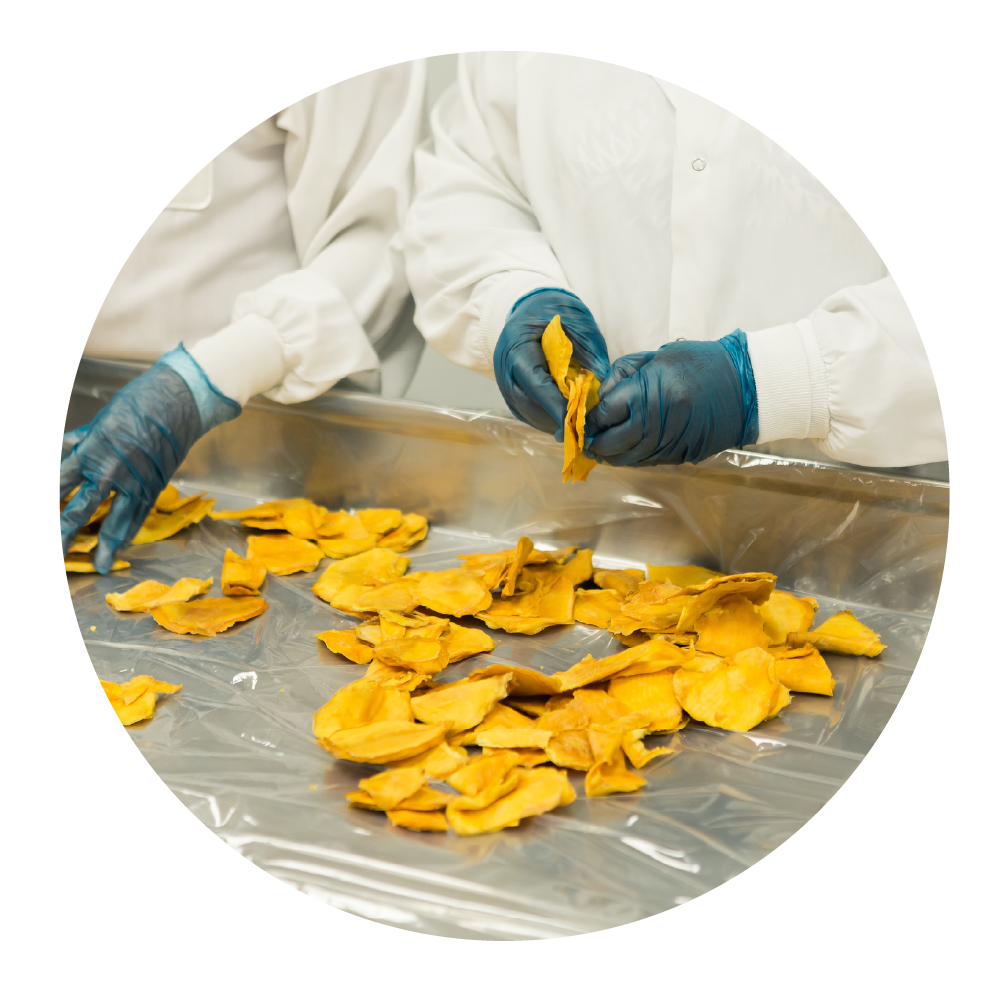
Technical malfunctions/human error
Inadequate, damaged or
inaccurate packaging/labeling can
result in edible items being wasted.
Issues with facilities
Storage problems and issues with machinery can lead to damaged products.
Trimming food
Trimming food to fit an aesthetic or specific function (for instance, cutting fruit for packaged cut/peeled fruit) can result in additional waste.
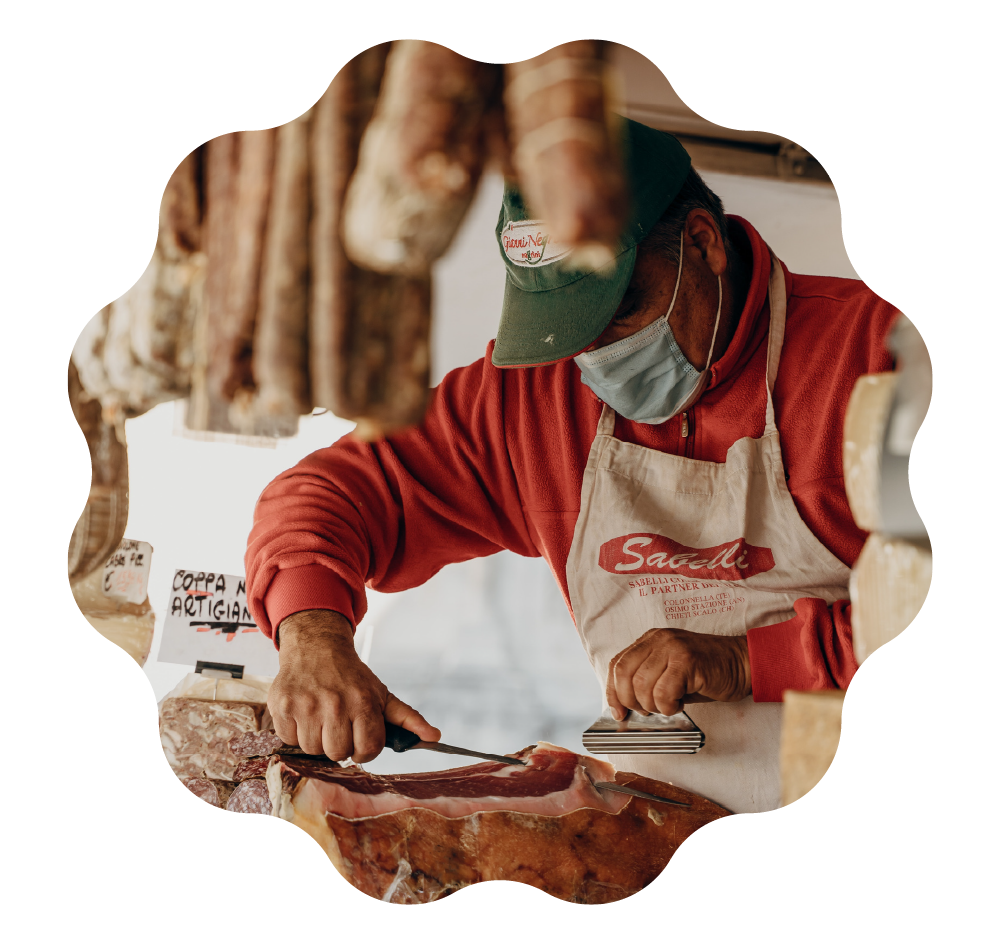
Distribution

Storage/transportation difficulties
Lack of storage, or storage that fails to keep certain items in a controlled environment (necessary to maintain quality) can lead to spoiled or damaged food.
Technical difficulties
Technical difficulties with food distribution software.
Damages/Handling
Improper handling of food, damages to packaging.
Communication
Lack of communication between farmers and retailers

Retail
Over-ordering
Over-ordering food/uncertainties with demand for products can result in excess and spoilage.
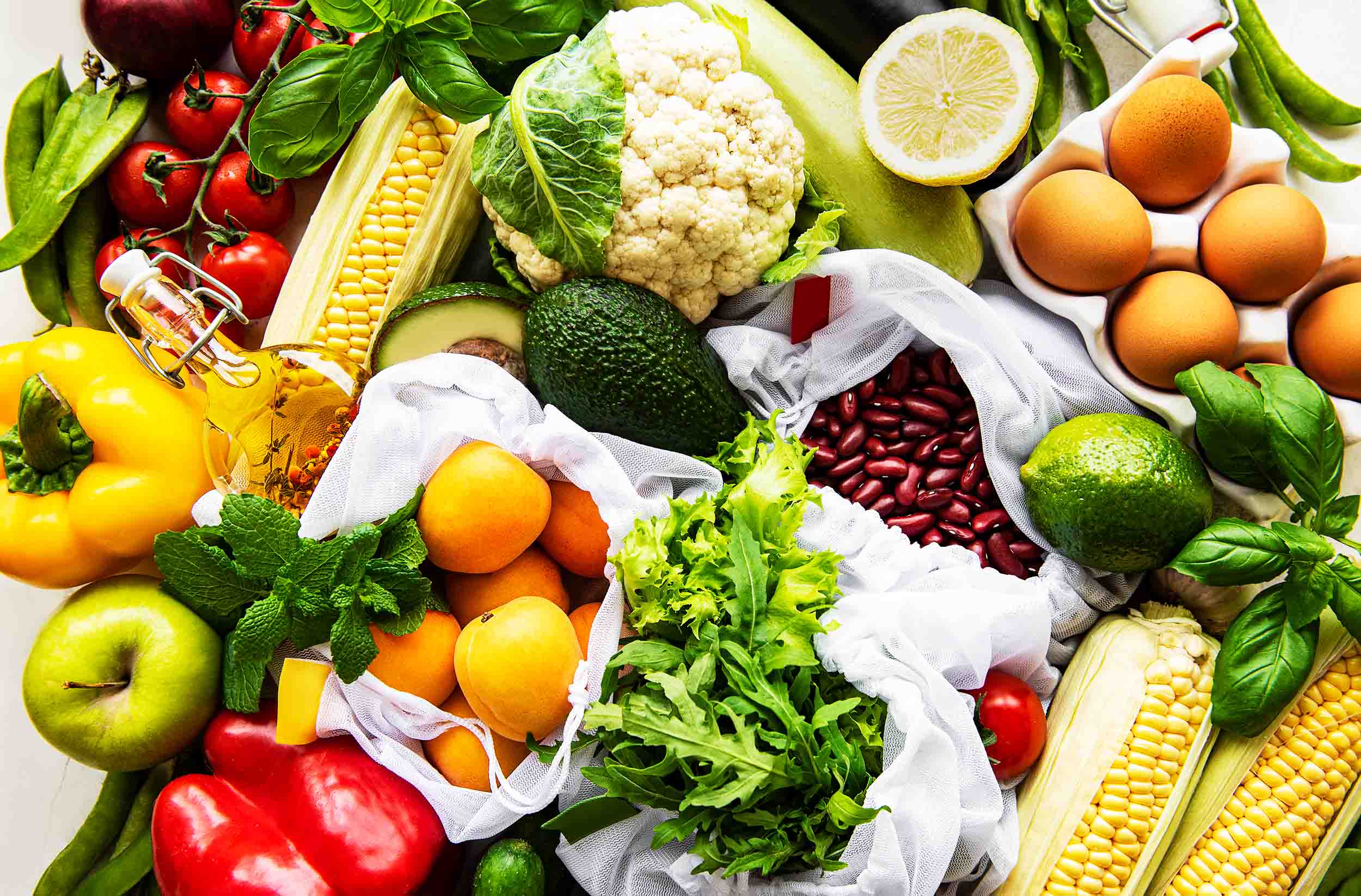
High aesthetic standards
Consumers are very accustomed to seeing polished and uniform displays of food items in stores. For instance, apples in a supermarket or pastries displayed in a bakery. When items are “imperfect,” have a different shape, size or blemish, they become less attractive and are more likely to be tossed.
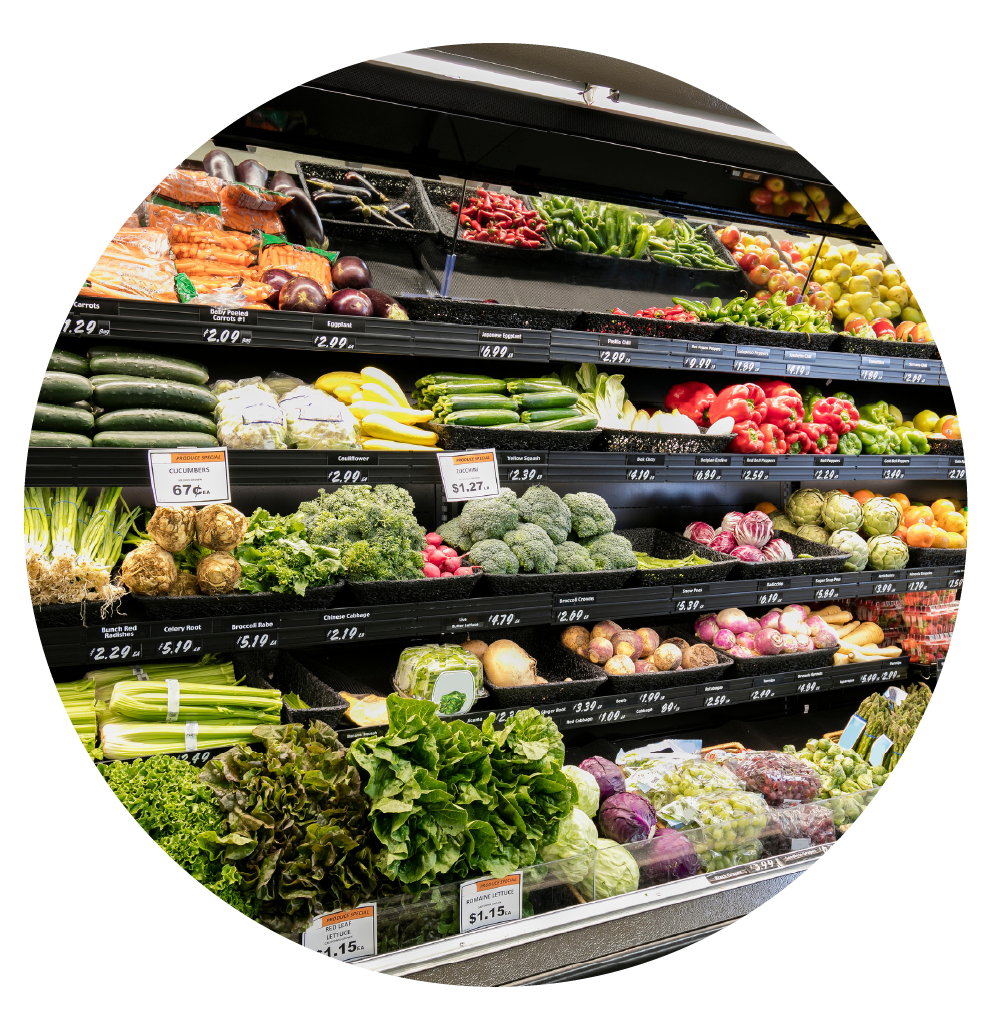
Storage/equipment issues
A lack of storage or inadequate storage/facilities can expedite spoilage and lead to damaged product.
Confusion over date labeling
Many consumers will not purchase perfectly edible food if a date displayed on the packaging is approaching soon.
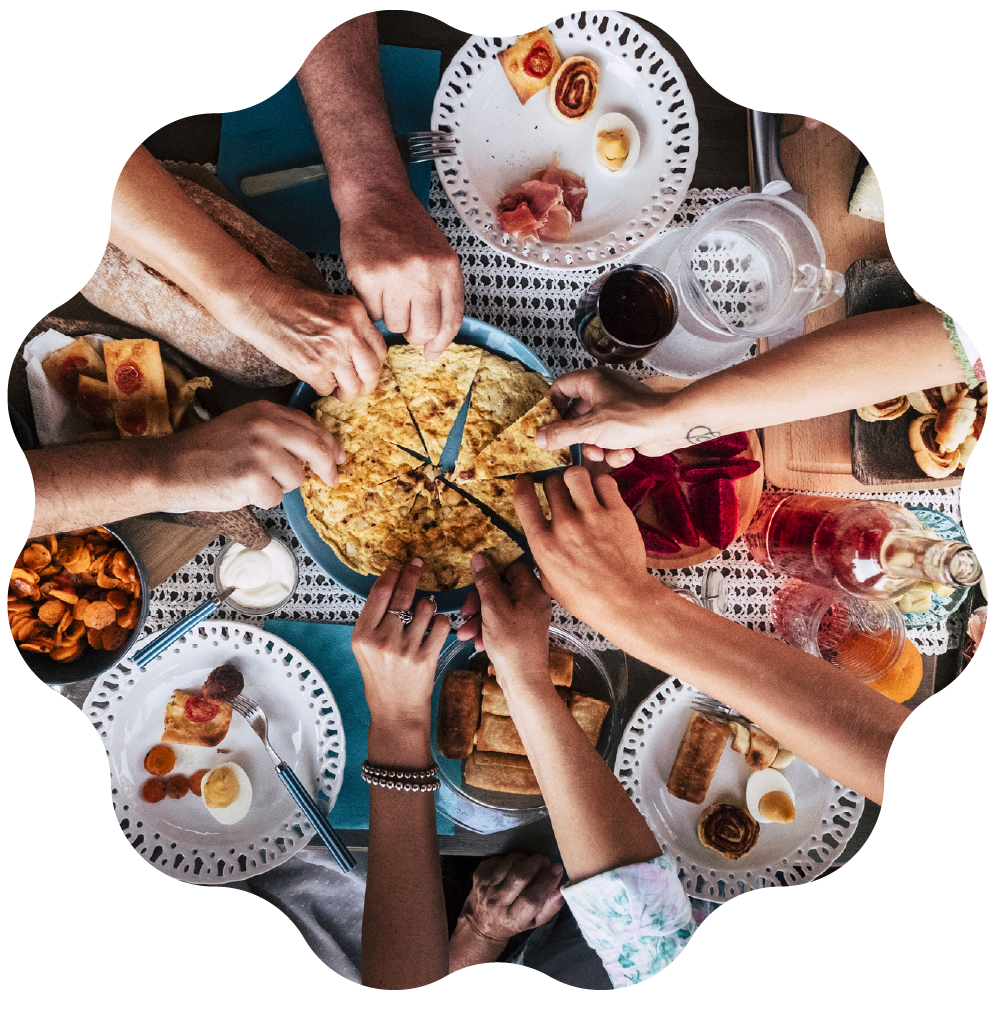
Uneaten food at restaurants
Different factors, but especially large portion sizes, can lead to leftover food on our plates.
Household
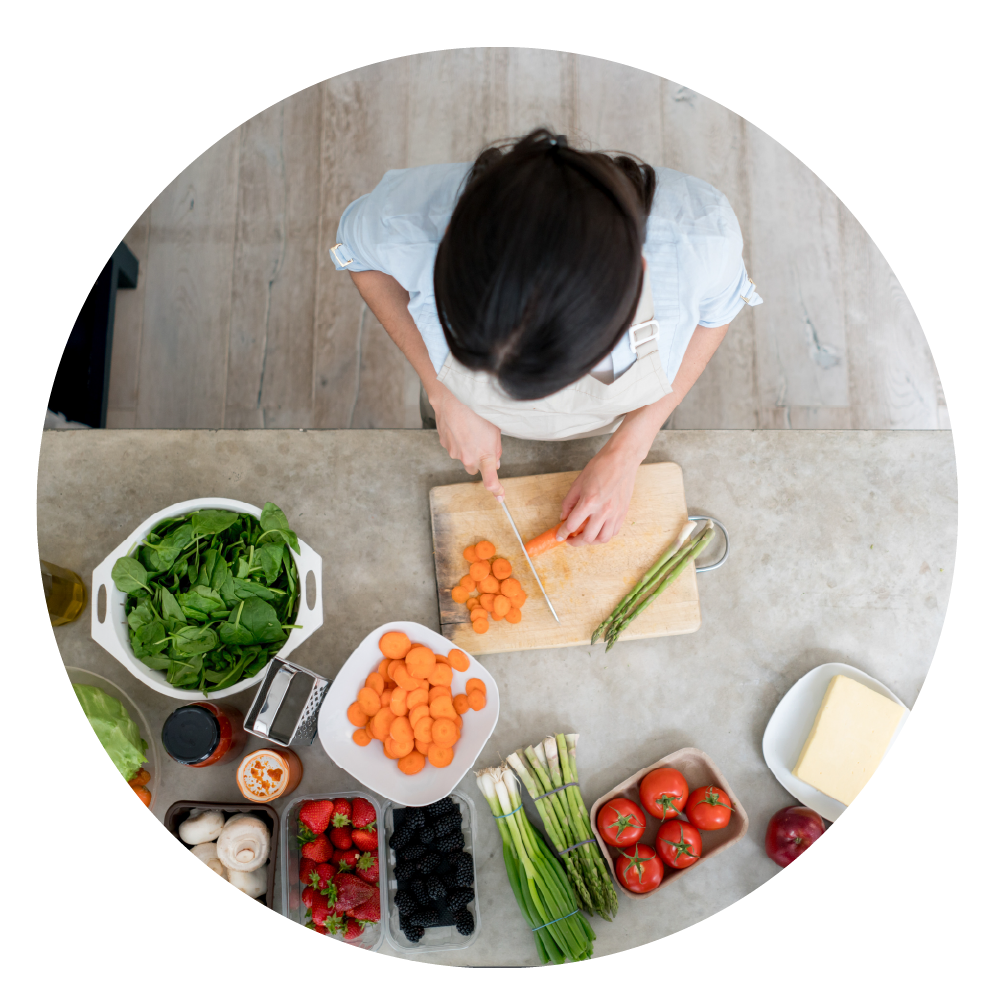
Forgetting about items purchased/buying too much
Buying more items than you need, not having a plan for items purchased and simply forgetting about food can lead to unintentional waste.
Confusion over date labeling
Similar to what happens in stores, confusion over what date labels mean can cause consumers to dispose of edible food before it becomes inedible.
Fridge organization (or lack thereof)
Fridges these days are often fairly large and it can be challenging to see and keep track of all the food inside. When food is not visible, it can go bad before you get a chance to eat it.
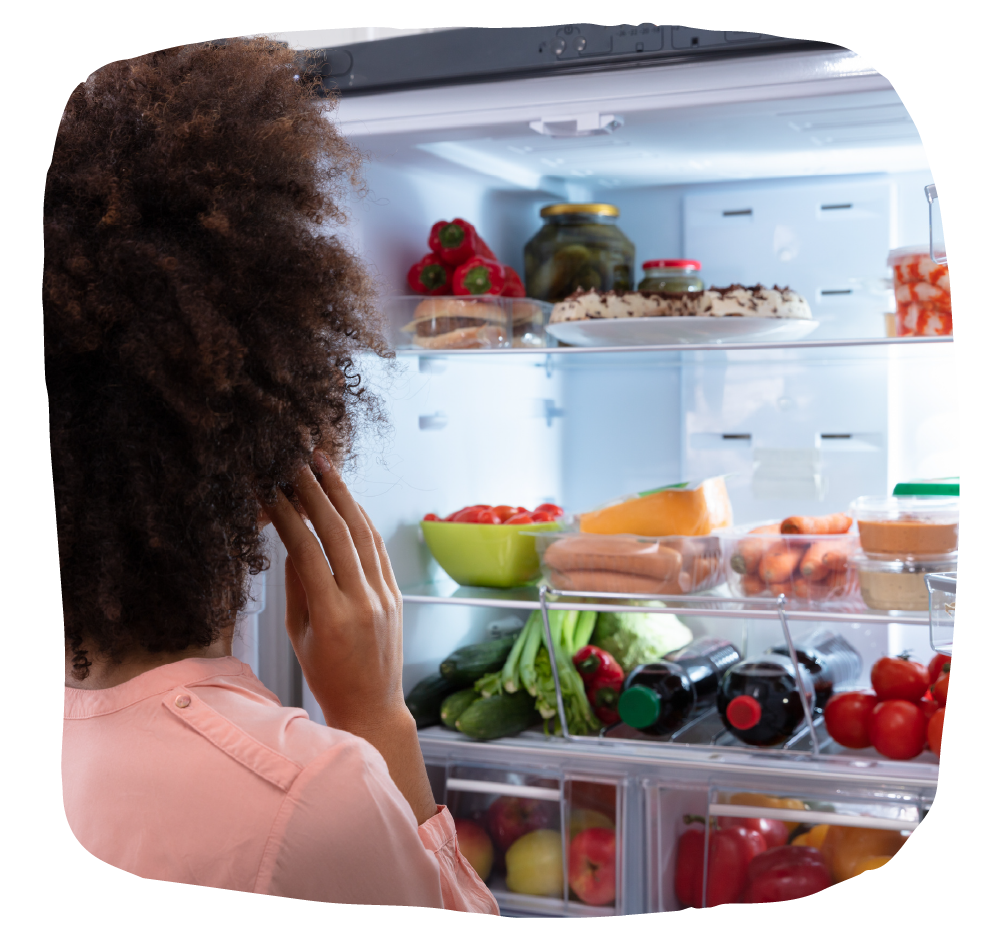
AMERICA’S FOOD BEAUTY STANDARDS
Throughout the different stages of the food supply chain, certain patterns emerge. One common cause for waste is the high beauty standard that food must achieve. While this isn’t solely an issue in the US, many food retailers such as large grocery stores, bakeries and restaurants take pride in picture perfect food items.
For instance, when you walk into a grocery store, the produce is usually neatly stacked up, everything looks like it’s in abundance, clean and precise. When a vegetable is bruised, has spots or looks smaller than the others, a consumer may be less likely to choose it. When grocery stores are bare and there’s only one apple left in a produce bin, this may also make a consumer question if there’s something wrong with it. Farms, processors and distributors take note of food “imperfections” before it even reaches the hands of consumers to avoid the risk that it won’t sell, which is a huge part of why so much food gets discarded before it even gets a chance to make it to retail.
Retailers strive for uniformity, abundance and “perfection” and, in some instances, many would rather prioritize “perfect” food that sells rather than run the risk of having items that are less desirable to consumers.
While there are USDA grades and standards for food items, they vary item to item and can sometimes be vague. There are a variety of categories such as fresh produce, canned and frozen food that all come with different guidelines. For a lot of fresh food, for instance, there are general size and color standards and the USDA requires items to be “fresh,” “fairly formed” and free from damage caused by dirt and disease. Retailers use USDA guidelines, but often have their own standards that are typically based on aesthetics. To ensure products look more appealing to consumers, retailers strive to have every item as uniform and polished as possible regardless of taste or nutritional value.
Example: from the USDA banana market inspection instructions, “Under ‘Condition’ refer to the stage of ripeness, as indicated by the color of the fruit. (While the size of the finger is related to the stage of growth and maturity, it is reported to better advantage under ‘Size.’) It is usually desired that the fruit arrive at destination in green condition. When bananas arrive at destination with higher stages of ripeness, they will have a reduced shelf life, and the shipment must be disposed of within a short period, and if ripe, there may be considerable damage due to bruising and crushing of the fruit. Such condition may be reported either in terms of approximate number of cartons showing certain stages of ripeness or in fractional portions of the load.” (USDA, 2004)
As you can see, the USDA has guidance for specific food items regarding ripeness, color, shape, etc. Using these guidelines, retailers may impose stricter rules and dispose of items prematurely before they get to the point of being “unsellable.” When we stand in the middle of the produce aisle making quick decisions about what to put in our cart, we are only given so many tools to determine what will taste delicious and be ripe/good to eat. Sight becomes our main indicator for evaluating food in a split second. At every stage of the food supply chain, these split second decisions are at top of mind. If a banana has small spots or is looking too ripe, it has a smaller chance of selling. These, at times, minuscule differences can dictate whether or not the retailer gets that sale – this is why many crops go unharvested, why items don’t make it past inspection, and into our carts. And even when the food makes it to our homes, it still doesn’t guarantee that it will be consumed.
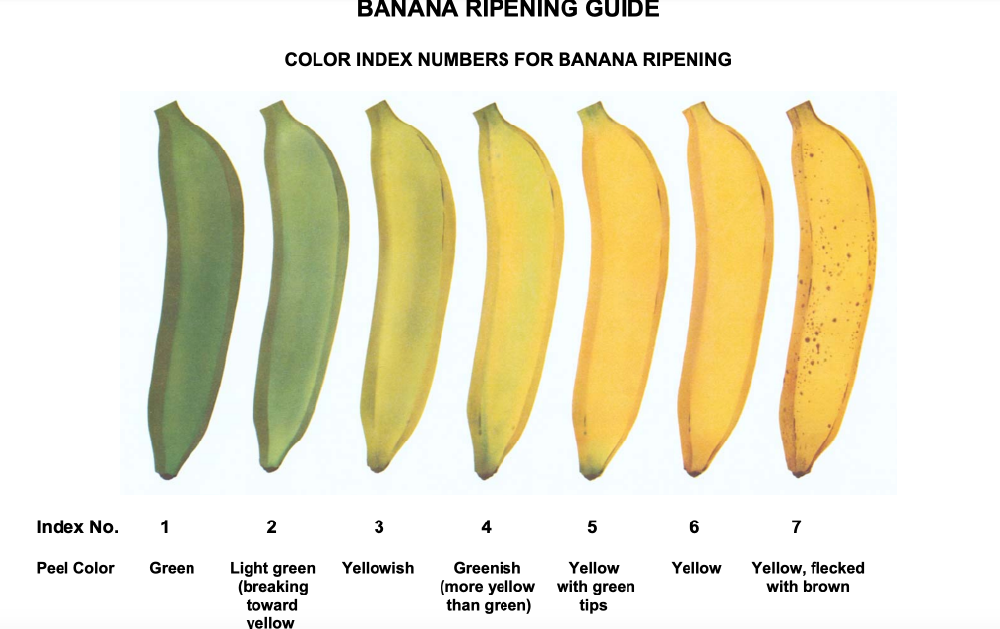
COMPANIES TACKLING THE “UGLY” FOOD STIGMA
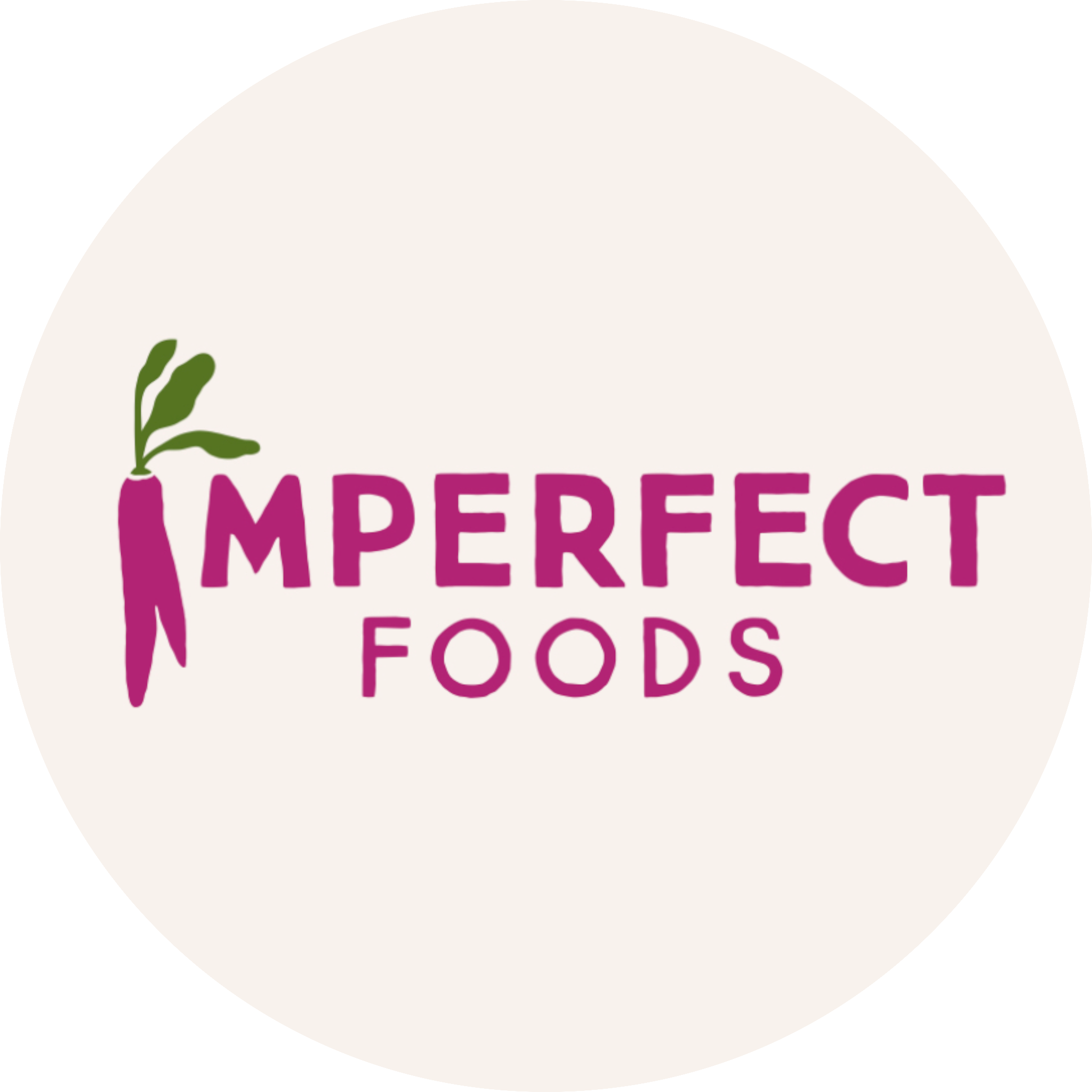

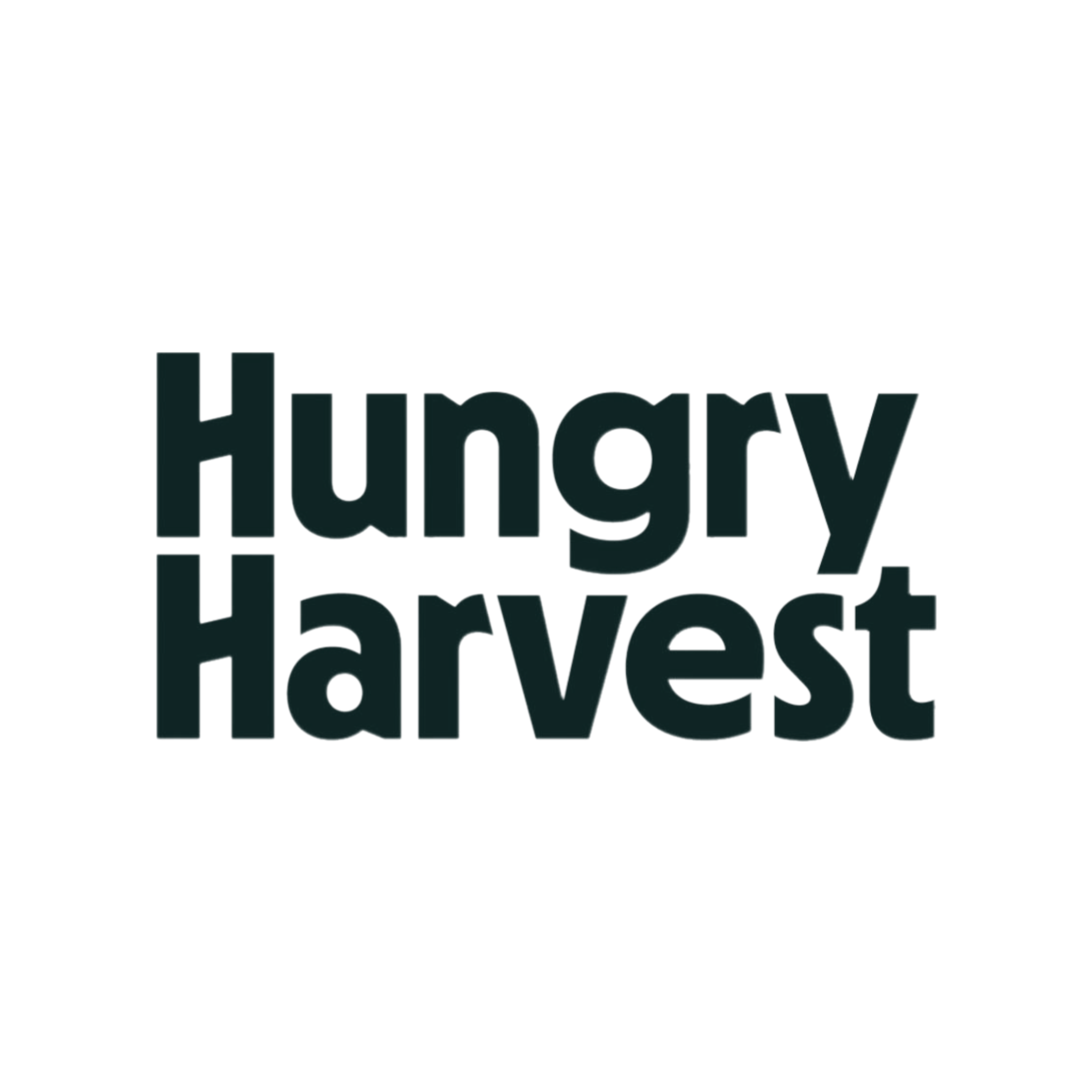
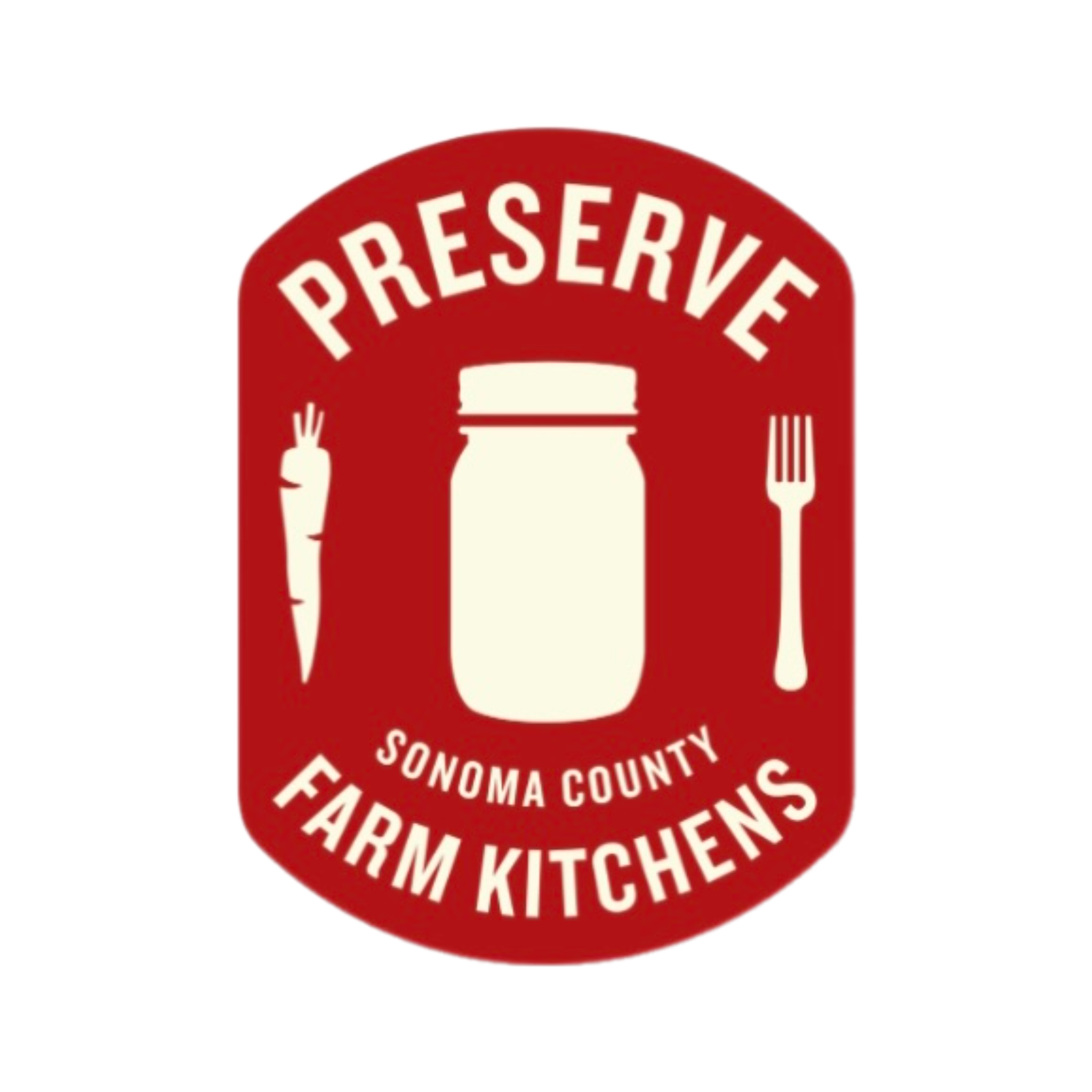
OPEN DATE LABELING
“Open Dating” defined by the USDA is “a calendar date applied to a food product by the manufacturer or retailer.” These open date labels come in a variety of forms and are hard to escape at the grocery store. The most common open date labels one might find are “expired by,” “sell by,” and “use by.” While these dates are incredibly common to see in this day and age, date labels were originally intended for the food manufacturer to signal to retailers when the food should be sold, or how long the food would be at its peak freshness. These previously used labels were called “closed dating” labels which the USDA defines as “a code that consists of a series of letters and/or numbers applied by manufacturers to identify the date and time of production.” Before the 1970’s, consumers had to rely on their own judgment to determine if food was fine to consume. As consumers started to take note of dates on food and showed their interest in them, retailers began implementing open date labeling as a selling strategy.
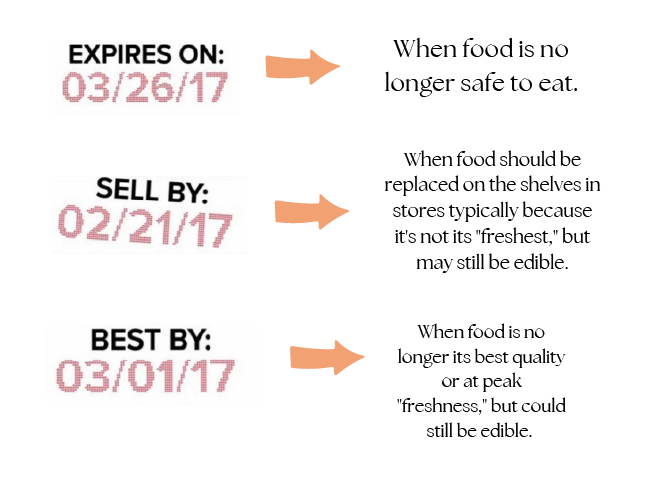
CONFUSION
As retailers started using open date labeling more and more throughout the 70’s, there were more regulations that eventually emerged to encourage uniformity of date labeling. For instance in 1985, A new Uniform Open Dating Regulation was written by the National Conference of Weights and Measures (NCWM) and the Association of Food and Drug Official.
This regulation provides states with two options: to either include open date labeling for all perishable foods or to allow open date labeling for perishable foods to be voluntary. If states choose the second option, the open dates must adhere to the uniform regulation – this includes packagers using “Sell By” dates for perishable foods and “Use By” or “Best if Used By” for semi-perishable foods or long shelf life foods. Retailers are allowed to sell foods that are past their “Best if Used By” date but not “Sell By” date.
In 2005, the National Advisory Committee on Microbiology Criteria for Foods (NACMCF) made the recommendation for perishable prepared foods to have date labeling based on temperature and time to determine if the food was still safe to eat.
Despite these new recommendations and regulations, the implementation of these systems is decided on a state level. At the federal level, the only food item that is required to display an open date label is infant formula to ensure food safety. With the lack of uniformity across the country, open date labels have become confusing for many consumers, as they are usually associated with food safety caution rather than an indication of peak quality/freshness. Due to inconsistent date labels, there is no doubt that this confusion leads to more food waste as consumers may unintentionally discard items out of caution before the food is past its prime.
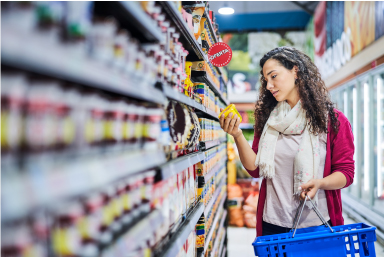
FEDERAL POLICIES THAT ATTEMPT TO MITIGATE FOOD WASTE
1985
A new Uniform Open Dating Regulation was written by the National Conference of Weights and Measures (NCWM) and the Association of Food and Drug Officials
This regulation provides states with two options: to either include open date labeling for all perishable foods or to allow open date labeling for perishable foods to be voluntary. If states choose the second option, the open dates must adhere to the uniform regulation - this includes packagers using "Sell By" dates for perishable foods and "Use By" or "Best if Used By" for semi-perishable foods or long shelf life foods. Retailers are allowed to sell foods that are past their "Best if Used By" date but not "Sell By" date.
1986
The Federal Bill Emerson Good Samaritan Food Donation Act
Signed by President Bill Clinton in 1996, this act seeks to encourage restaurants and grocery stores to donate items to local non-profit organizations by protecting them from liability. Many food businesses steer away from donations due to the fear of being liable for illnesses caused by the donated items. Under this act, businesses are supposed to be provided with more protection when food is donated in good faith.
2008
The Federal Food Donation Act of 2008
In response to the shortcomings of the Bill Emerson Good Samaritan Act, The Federal Food Donation Act of 2008 was created to ensure more government involvement and encourage executive agencies to donate food to non-profit orgs.
2011
The Internal Revenue Code 170 (e) (3)
The Internal Revenue Code 170(e)(3) provides tax deductions for food businesses that donate food. Many deficiencies with the GSA and the FFDA included the lack of financial/tax incentives for food businesses to donate food.
2015
The PATH Act
Provides a larger charitable tax deduction for food businesses that donate food.
2015
The United States 2030 Food Loss and Waste Reduction Goal
Following the UN's goal to reduce food loss by 50% by 2030, in September of 2015, the USDA and EPA announced the United States' goal to also reduce 1/2 of all food losses by 2030 throughout the entire food supply chain.
2023
The Food Donation Improvement Act
Building off of the Good Samaritan Food Donation Act, the FDIA aims to provide more protection for food businesses looking to donate food. Unlike the Good Samaritan Act, the FDIA also provides more protection when it comes to donating food to individuals facing food insecurity rather than just charities and non-profits.
In addition to rules and regulations about open dating labeling, there have been attempts to create policies that could curb another big reason for waste at the retail level: fear of liability.
While many food retailers have food waste, the idea of donating extra food can come with fears of being held responsible for any associated foodborne illnesses. Without regulated guidelines that outline best practices for food safety, many food businesses find the idea of throwing food out safer than donating to others, even when many are in need of food. Despite policies at the federal level, such as The Federal Bill Emerson Good Samaritan Food Donation Act, the issue is that many states and municipalities fail to incorporate clear rules that instruct food businesses on exactly what food is safe to donate and what food should be tossed. Often, many food retailers are unsure of what their state’s donation policies even are. Unfortunately, this is another instance where confusion and lack of clarity can result in extra wasted food to ensure food safety even when most food tossed is still edible.
The recent Food Donation Improvement Act of 2021 attempts to make clearer guidelines and provide more protection for businesses in the effort to promote food donations to individuals as well as non-profits, and help tackle food insecurity.
FEDERAL VS. STATE REGULATIONS
Despite federal policies, many states have differing tactics for handling food waste.
FOOD WASTE PREVENTION, RESCUE AND RECYCLING POLICIES BY STATE
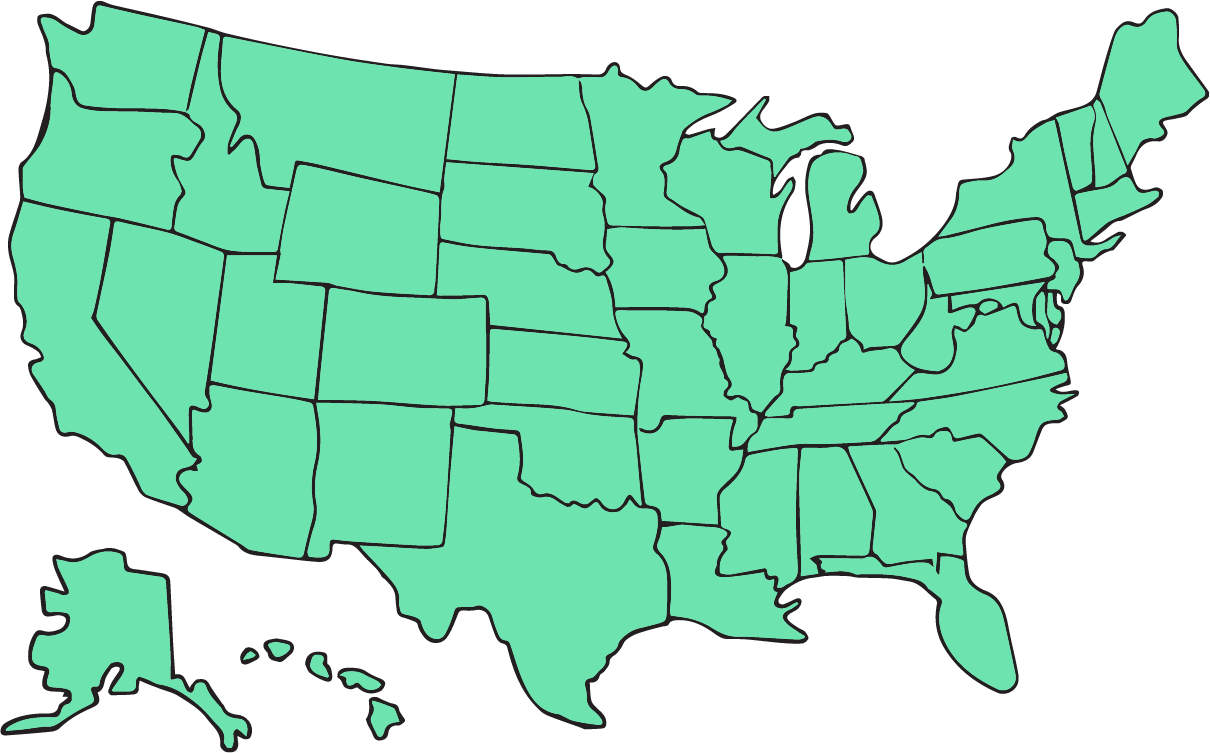
Oregon
MORE EXAMPLES OF STATE POLICIES THAT AIM TO MITIGATE FOOD WASTE
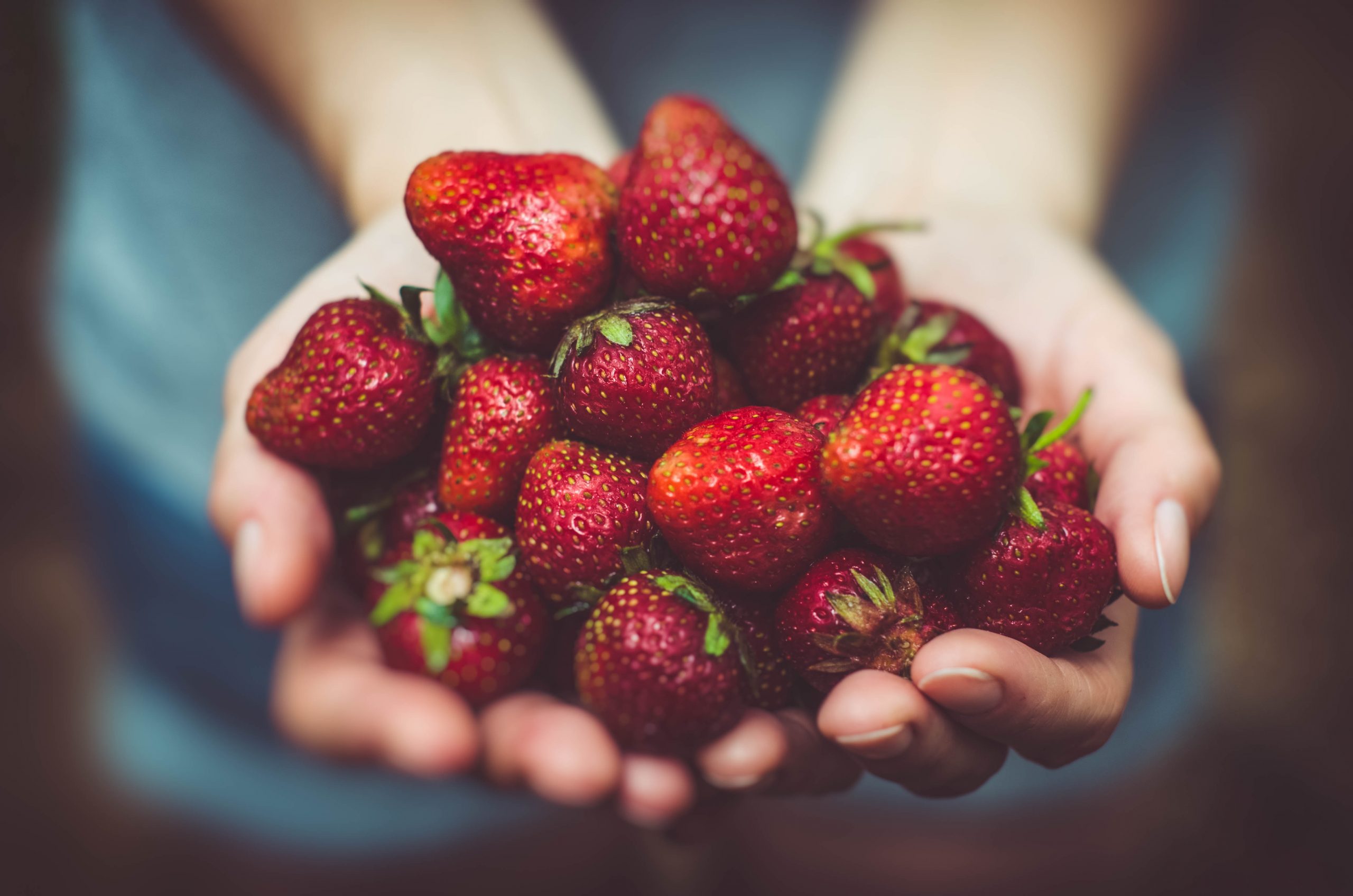
ARIZONA
CALIFORNIA
COLORADO
CONNECTICUT
IOWA
KENTUCKY
MASSACHUSETTS
MISSOURI
OREGON
SOUTH CAROLINA
VERMONT
VIRGINIA
WASTED FOOD & FOOD INSECURITY
40% of all food in the US is wasted, yet 34 million people face food insecurity
Food insecurity has an extremely wide range, and often, it can be hard to tell who is facing food insecurity and to what extreme. The USDA defines food security as “access by all people at all times to enough food for an active, healthy life.” On the contrary, food insecurity is when someone has limited access to food which can affect their wellbeing, health and eating habits. In a country that throws out so much food, including food that is often perfectly edible, we still have millions of people unsure if they’ll have enough food to eat.
Compared to other rich developed countries, the US has the highest percentage of people facing food insecurity. Between 2011-2012, US citizens facing food insecurity was about 21% compared to other rich countries such as the UK, Germany and Sweden that all had less than 10% of citizens facing problems with affording food. There are many factors that can contribute to food insecurity and with the varying levels of food insecurity, many face the risk of experiencing some variation of it due to unforeseen circumstances. For instance, due to Covid-19, many people faced sudden layoffs from work, had expensive medical bills, and couldn’t afford housing let alone healthy and nutritious food. Some big contributors to food insecurity are undoubtedly poverty, systemic racism, discrimination, lack of healthcare and more. Out of the richest countries in the world, the US also has the highest poverty rate and about 38% of adults in the US have experienced a heightened sense of food insecurity since Covid-2019.
Looking at these two graphs, it’s clear that while we have an abundance of food in the US, we still have millions of people facing food insecurity, mostly people of color. If we could save the approximately 100 billion pounds of food we waste a year, it’s estimated that the food would be enough to provide almost 3 billion meals.
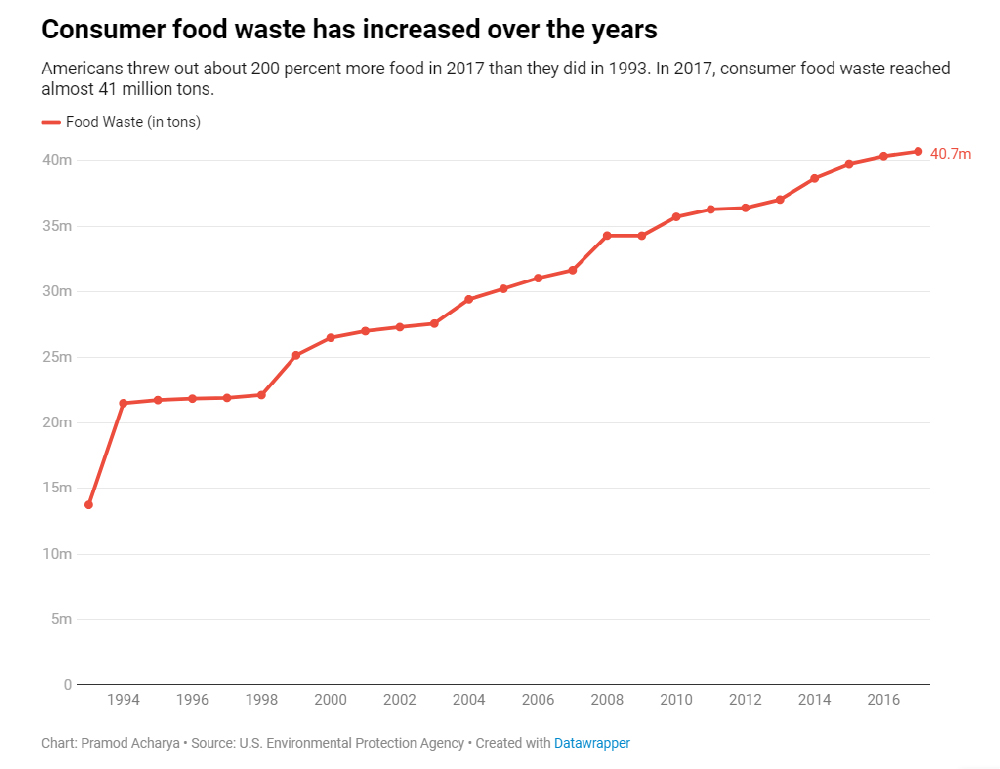
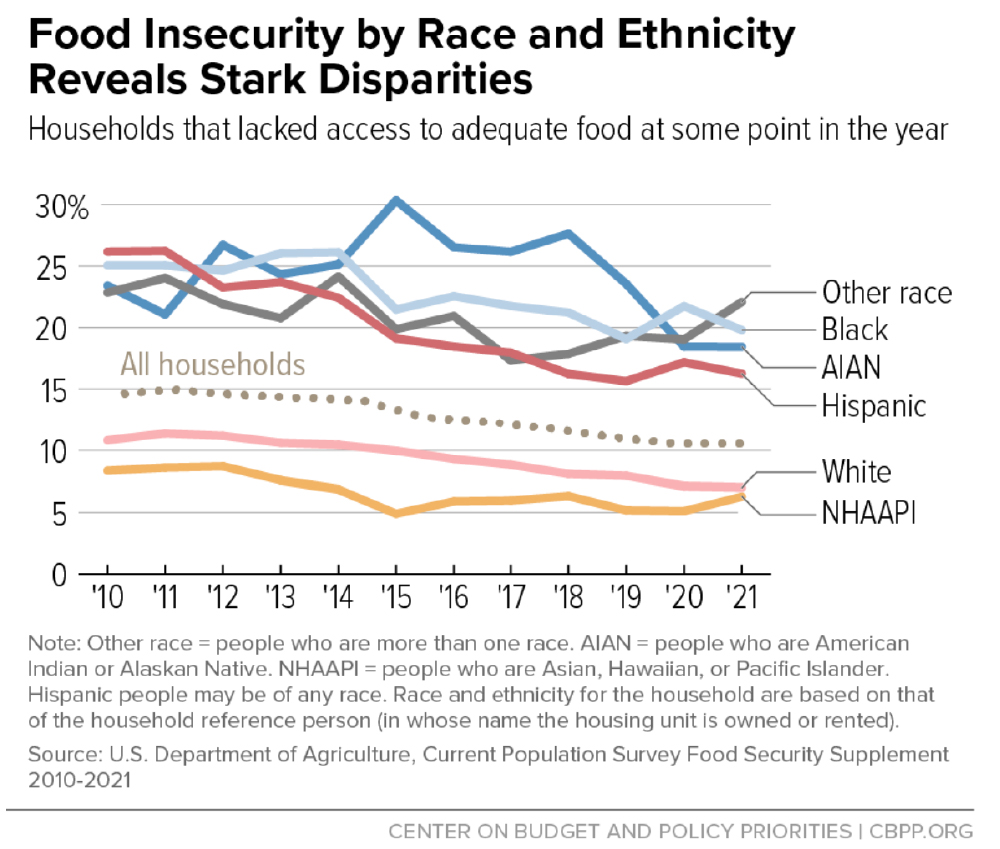
About 20% of Black individuals in the US experienced food insecurity in 2021 and Black Americans are 3x more likely to face food insecurity than white Americans.
Latinos are 2.5x more likely to face food insecurity than white Americans and 1 in 6 Latinos face food insecurity.
26% of Native communities are within a mile of a supermarket compared to 59% of all people living in the United States.
1 in 15 senior citizens in the US face food insecurity – about 5.2 million seniors (above the age of 60) faced food insecurity in 2020.
— Facts c/o Feeding America
Food insecurity also heavily impacts children. About 9 million children deal
with food insecurity in the US. Limited access to food can have a serious impact
on children’s physical, mental and social development. From the age kids enter
school through college years, food insecurity can have a huge influence on
kids’ ability to focus, do well academically and can even have an affect
on if a child will graduate from school. Limited access to food can put immense
pressure on anyone and for kids facing food insecurity, it can lead to social impairments, issues managing stress and can put kids at a disadvantage when it’s time for them to enter the workforce. While “the broke college kid” has become a common stereotype in the US, many college students cannot afford basic meal plans offered by their schools, and this fact
disproportionately affects students of color. In 2017, a group of students from
two historically Black colleges – Spelman College and Morehouse College –
completed a two week hunger strike and brought awareness to the issues of food insecurity and food waste on college campuses. Their goal was to prove that while uneaten meals on campus can naturally go unused by students with meal plans, these uneaten meals were thrown out rather than given to students in need. This prompted the university to agree to provide students without meal plans complimentary meal tickets for up to 14,000 meals total. Although the colleges were able to listen to the students and find solutions, this is yet another prime example of the abundance of food in this country that is often wasted when a large part of our population needs it.
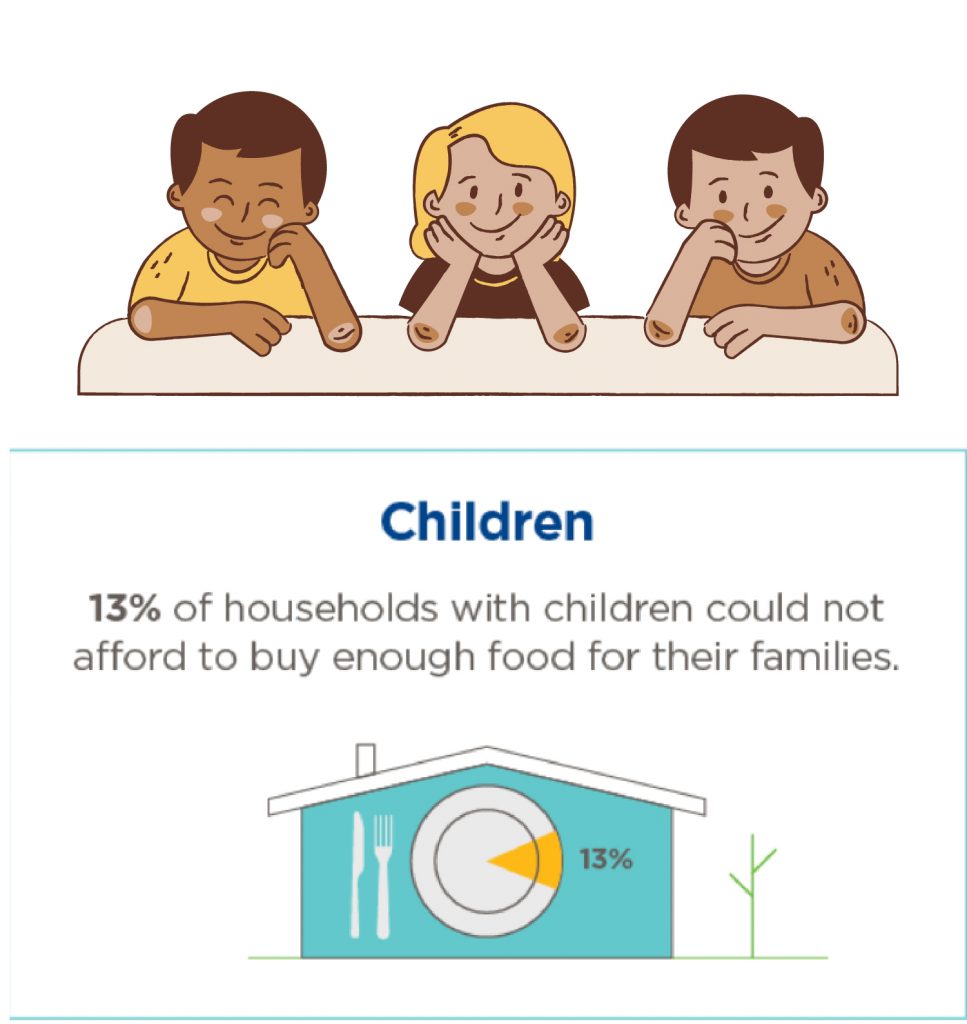

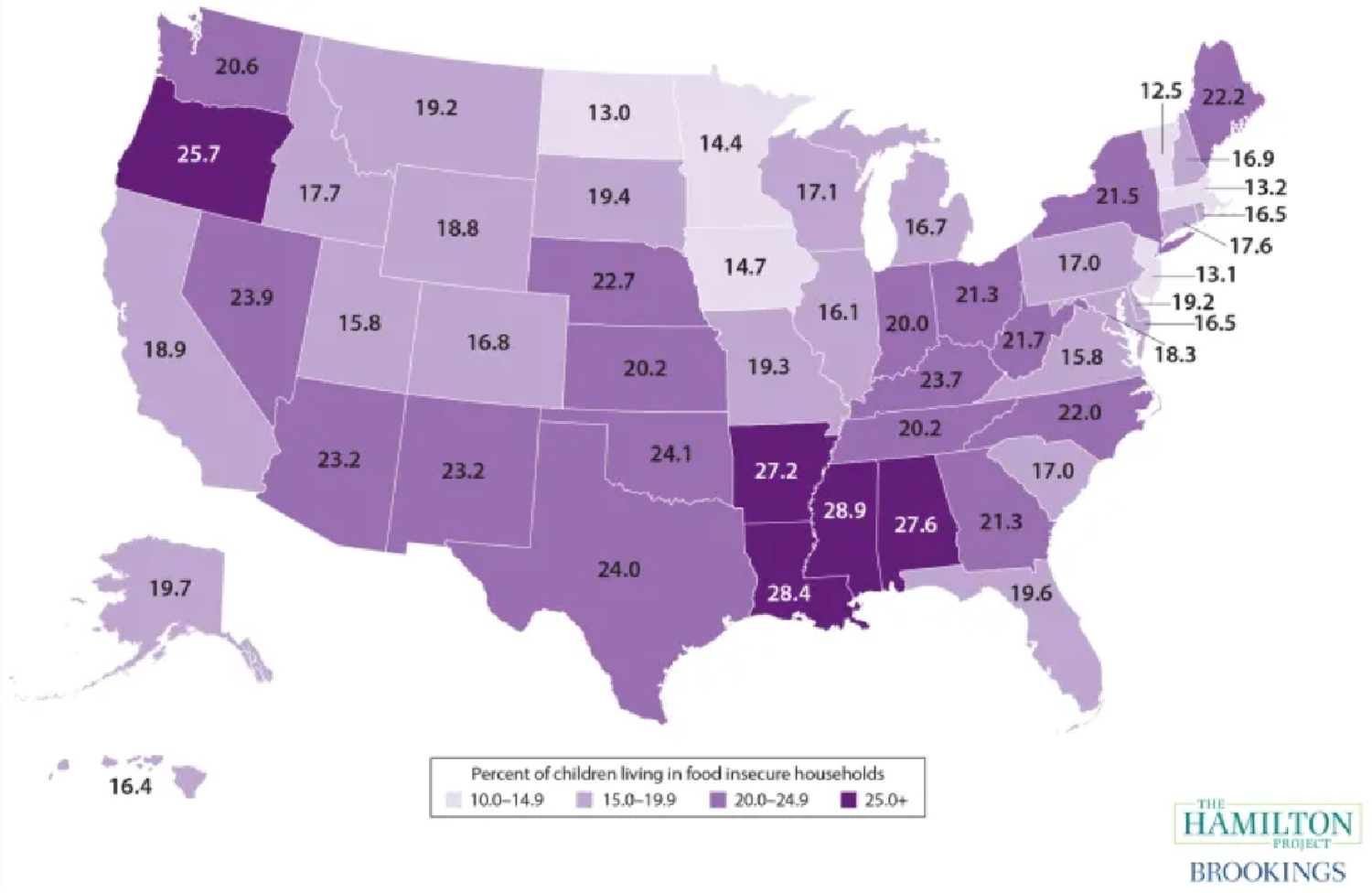
FOOD WASTE INTERNATIONALLY
According to the UNEP Food Waste Index Report from 2021, food waste is in fact a serious issue all around the globe. In the report it finds that the 74kg per capita of food wasted on a global average is actually quite similar between lower-middle income and high income countries – what this suggests is that mitigating food waste is something most countries need to work on.
“If food loss and waste were a
country, it would be the third
biggest source of greenhouse gas
emissions”
Nearly 931 million tonnes of food
is wasted each year from food
retailers/food service industry
and households
UNEP FOOD WASTE INDEX REPORT 2021
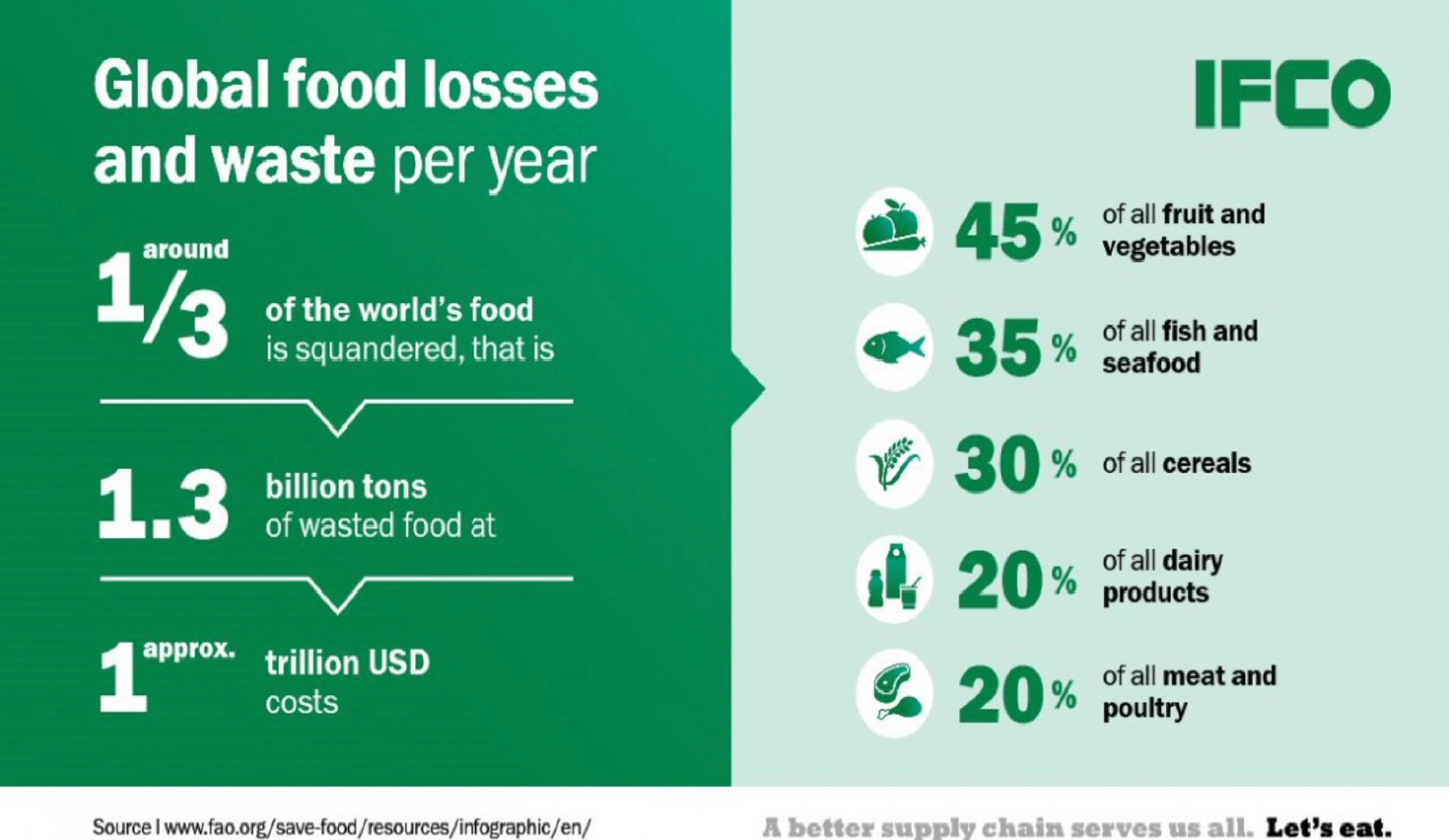
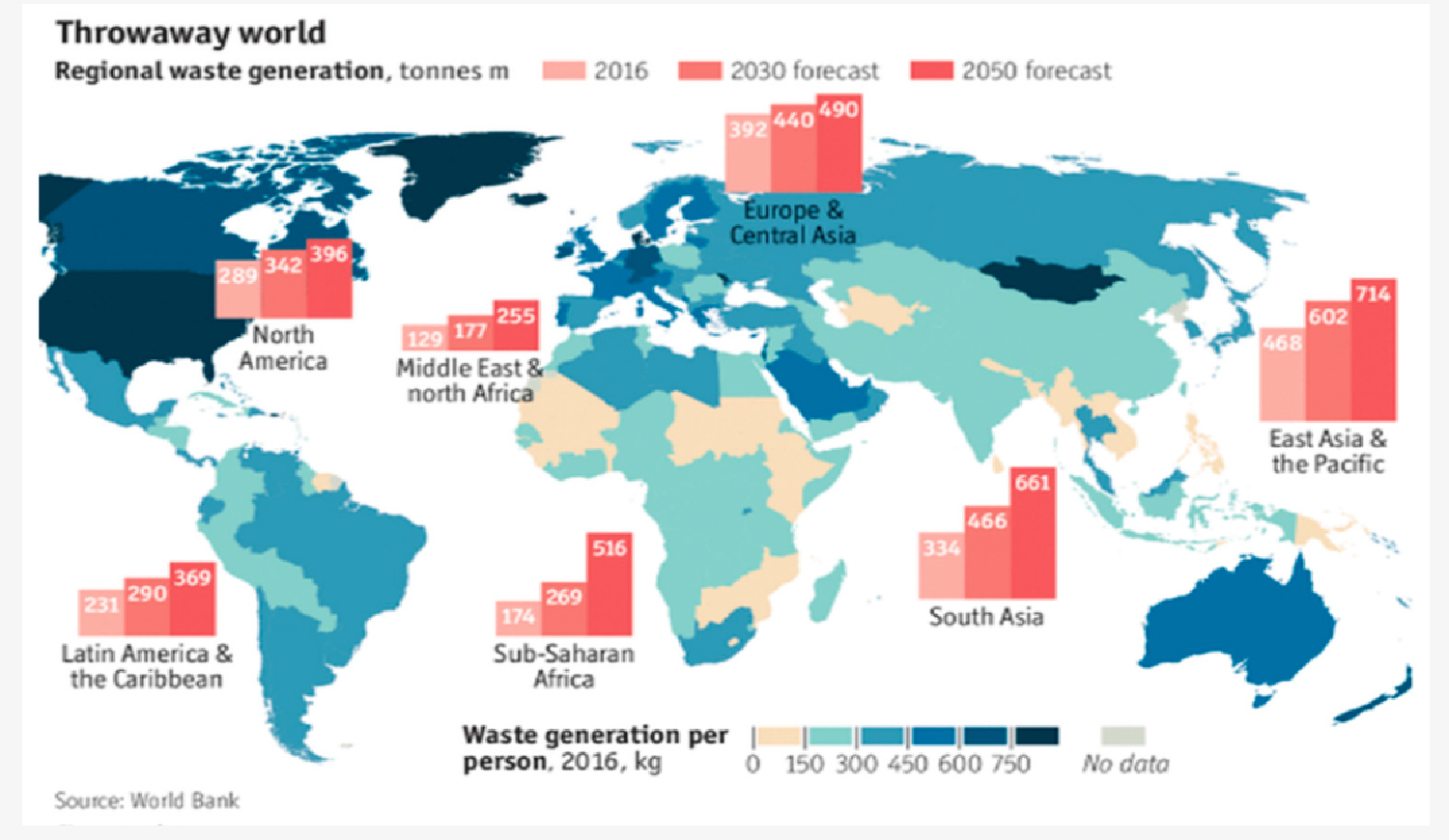
FOOD WASTE INTERNATIONALLY
Which countries are doing this right?
The United Nations has made it a goal to reduce food waste per capita by 50% by 2030 at the retail and consumer level. Additionally, they hope to also reduce food waste along various levels of the food supply chain, such as production. While there’s no single answer to our food waste issue, many countries around the world are finding innovative and successful ways to limit their food waste.
Examples of countries that are finding successful ways to fight food waste:
FRANCE
France’s 2016 Grocery Store Food Waste Law
In 2016, as a response to the increase in homelessness and more demand at food banks, France officially made it a requirement for grocery stores to donate specific food items to local non-profits. These items include perfectly edible packaged foods that are approaching or have just recently passed their “best by/before” date, slow-moving produce and more.
Before this law, French grocery stores threw out pounds of edible food daily and often locked and sprayed chemicals on garbage bins to avoid people from “dumpster diving” and being held liable if their food were to make people sick.
Since the law went into effect, almost 3,000 supermarkets in the country have been donating food and have saved about 46,000 tons of food so far.
Food donations to NGOs have increased over 20%.
In addition to saving food from the trash,
supermarkets can also make use of a preexisting tax break on up to 60% on the inventory value of food donated.
SOUTH KOREA
South Korea’s Volume-Based Waste Fee System
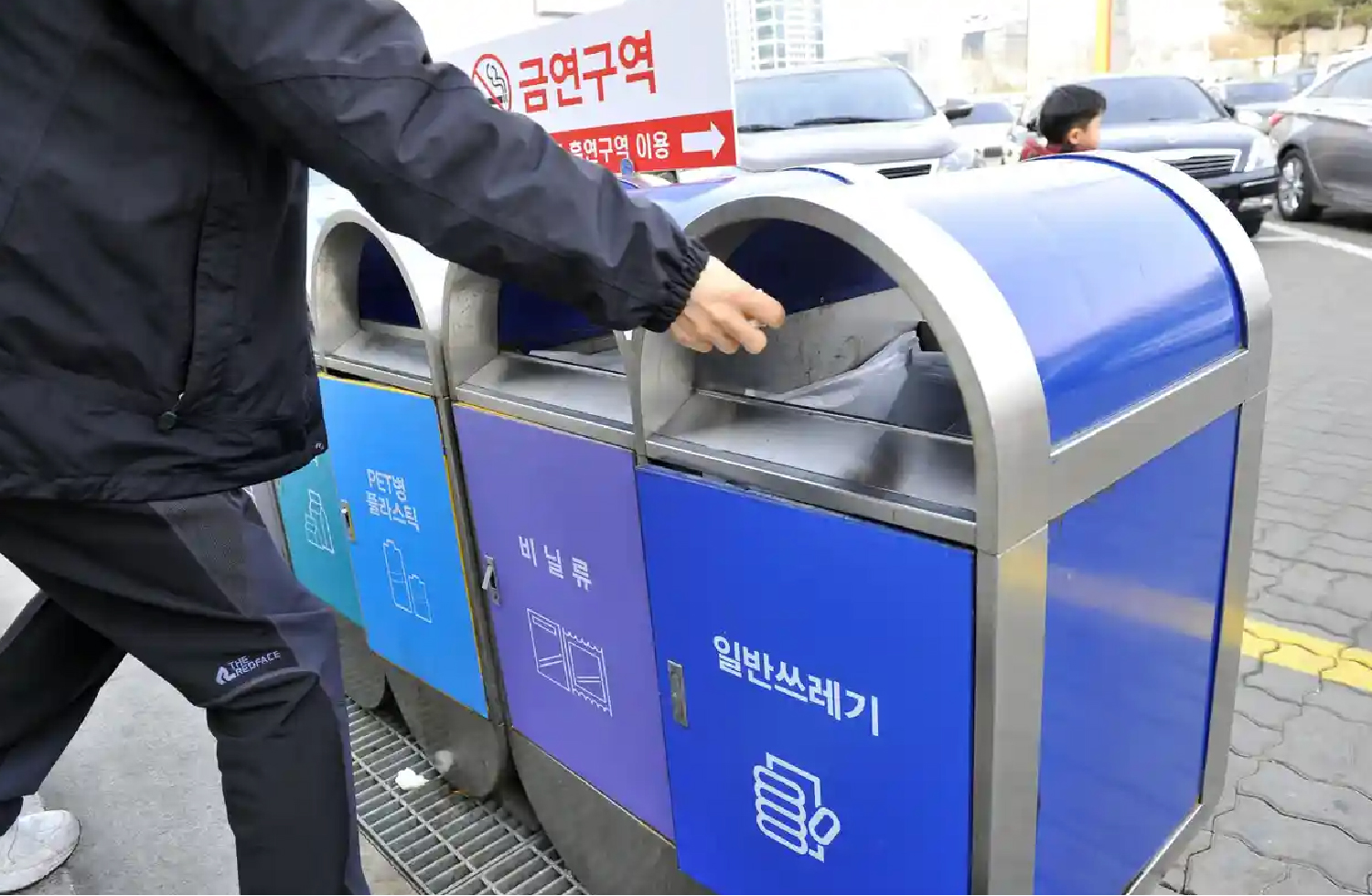
THE GUARDIAN, 2022
Since 1995, South Korea has implemented a volume-based waste fee system where residents must pay for the garbage/waste they produce. In 2005, Korea decided to ban food from landfills in an effort to reduce carbon emissions and in 2010, they implemented a food waste fee pilot program where residents from 144 regions in the country had to pay fees for their food waste. This system was officially implemented in 2013 and now every resident in South Korea must adhere to the guidelines.
Through this process, special bins are spread out throughout the country and citizens can open them using RFID chips. Additionally, citizens are able to compost their waste or throw them out in special trash bags that also require a payment (about 20 cents per bag). Payments per household average about $6 USD.
Since the food waste fee
system was put in place,
food waste has decreased
by over 10%.
Through the implementation of this system at a municipality level, engagement with local consumers has increased job
opportunities in food waste management and has increased composting that benefits local soil.
DENMARK
Denmark’s non-profit, “Stop Spild Af Mad” has helped them cut food losses by 25% since 2010
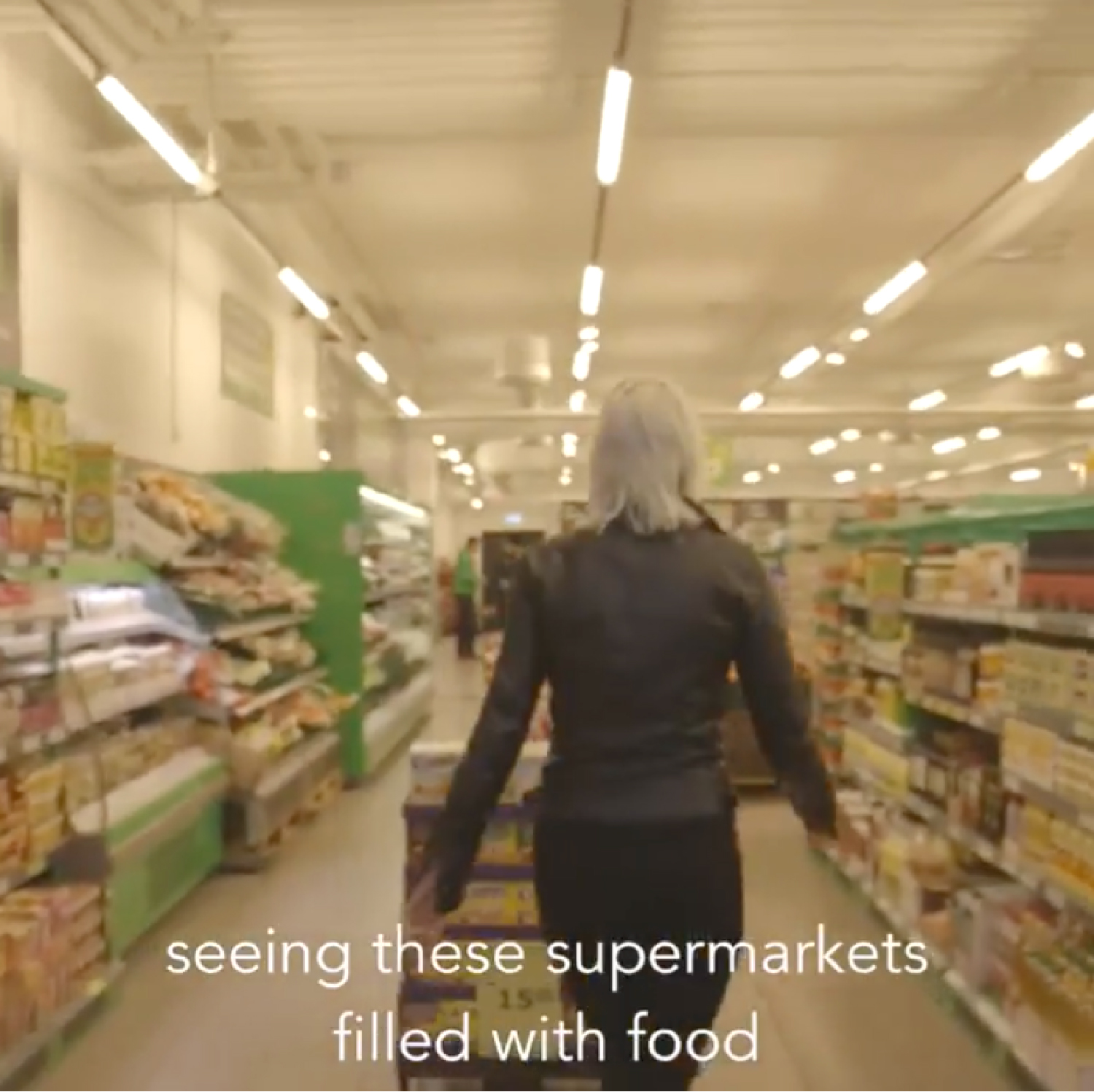
BBC MONEY, 2017
Denmark has been considered a global leader in reducing food waste, and also has a goal to cut food losses in half by 2030 between Danish producers and retailers.
Denmark currently has a number of initiatives that contribute to its food waste reduction success. For instance, a social housing project called, “Bo Welfare” that collects close to expiring food/food that may have damaged packaging, etc. and sells it to locals. Locals, many who may be facing insecurity or prefer to buy food that may otherwise go to waste, can buy a reusable bag (around $2) and fill it up with whatever they’d like (the Guardian, 2016). Additionally, Denmark also has supermarkets that sell perfectly edible unsold food, campaigns to educate citizens on the issues of food waste, and more.
A huge contributor to Denmark’s efforts has been “Stop Spild Af Mad,” which means “stop wasting food,” a non-profit started by Selina Juul, a graphic designer, in 2008. What started out as a Facebook page filled with tips on how to avoid waste, suddenly turned into a full organization that has now worked with the Danish government to provide subsidies for food waste projects as well as campaigns to educate locals. The founder, Selina Juul, has also acknowledged that since starting the org, practically all Danish supermarkets have committed to reducing their waste. For example, Rema 1000, a huge grocery store chain, decided to stop discounting purchases of multiple items and instead discount single items. A representative from Rema 1000 even mentioned that before this strategy, they’d waste nearly 80-100 bananas a day and now sell about 90% of them. Denmark definitely does a good job at doing their part to limit waste and have made it a part of their culture – this can be a great example of how these important strategies can have an effect on individual consumer behaviors and become a natural part of our daily life.
NORWAY
Norway’s Goal to Reduce Food Waste Per Capita by 50% in 2030
Similar to the UN goal to drastically reduce food waste by 2030, in 2017, the Norwegian government and food industry agreed to their own goal to reduce food waste by 50% . However, this goal extends to all levels of the food supply chain rather than just retail and consumer levels.
A few key changes Norway has made have included prioritizing education on “best by” and “use by” dates in grocery stores. As we’ve learned, these dates can often be misleading and food can still be perfectly edible after these dates pass. In Norway, they’ve started to change the date language. for instance, changing “use by” to “best before” to imply food may be past peak freshness but is still good to eat.
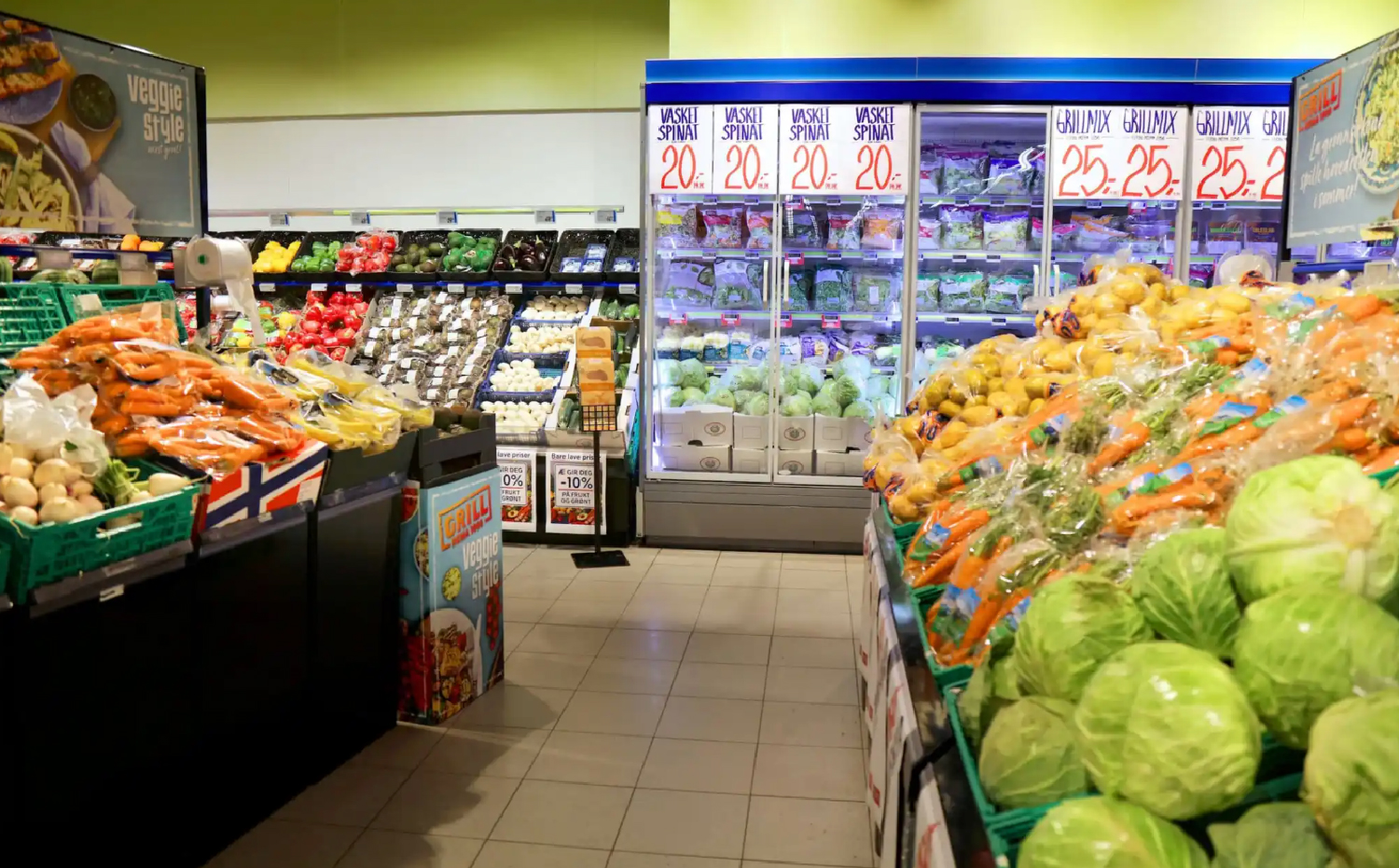
c/o SCANDIFICATION
Additionally, Norwegian grocery stores sell products that are approaching their dates at discounted prices to incentivize customers to buy them and also redistribute a lot of unsold food to local charities. Norway even has an entire grocery store dedicated to products quickly approaching/past their dates.
While Norway has made a lot of progress with getting closer to their 2030 goal, their systems as well as systems in other countries, is not fool proof. According to a study in 2017 when the plan was initially announced, there were a few common errors. For instance, supermarket employees would sometimes catch a product too late to sell it at a discounted price and therefore it would have to be tossed. Additionally, supermarkets and their commitment to donating to charities fell upon the store manager which sometimes resulted in less participation, and consequently, more waste. These new systems are not all perfect, but they are a step in the right direction, and can hopefully make a large impact.
THE UK
The UK’s 15% Food Waste Decline Between 2007 to 2018

c/o LOVE FOOD HATE WASTE
Since the UN’s 2030 food waste goal, the UK is another prime example of finding strategies that work for them to help achieve the food waste fight. According to WRAP (Waste and Resources Action Program), the UK cut their food waste down by 15% between 2007 and 2018.
There have been a number of factors that have contributed to this success. The first has been using surveys to understand where this waste is really coming from and figuring out where to start. According to a WRAP survey from 2018, about 6.6 million tonnes of food waste comes from households, making up 70% of food waste in the UK. The UK has launched awareness campaigns, notably “Love Food Hate Waste” that targets individual consumers and provides citizens tips and tricks, and specific food waste prevention guides such as “How do I write a shopping list that works for me?” and “How do I freeze/defrost chicken and beef?”
The UK also adjusted their date labeling in 2019 as surveys reported consumer confusion over the language and sheer quantity of labels. For example, the “Use By” label is now limited to food items that could potentially have a food safety risk leaving the “Best Before” label for most food products to imply when food may be past its peak freshness as opposed to when it’s “unsafe to eat.”
Additionally, in 2018, The UK also started a weekly composting program where compost is collected from residents curbside. Through these new implemented strategies, The UK has proven to be on the right track and is a great example of quick improvement with this issue.
JAPAN
Japan’s 2019 Food Loss Reduction Act
in 2001, Japan enacted their Food Recycling Act which aimed to turn food waste into energy and feed for animals. More recently, after the UN’s announcement to significantly cut food waste down by 2030, Japan’s parliament passed a new act in 2019 that focused on reducing perfectly edible food that would otherwise be wasted rather than just inedible food waste like before.
In 2019, it was reported that Japan wasted about 5.7 million tons of food, both inedible and edible food. This new food loss reduction act is taking a closer look at each part of the food supply chain and making adjustments. For instance, Japan has apparently had fairly strict rules in the past when it comes to disposing of items quickly approaching their “best before” date. Under this new act, they’ve looked into and have started to adjust their past “one-third rule” which required wholesalers to dispose of products that hadn’t made it to retailers if it was within one third of the time period between the food being produced and its best before date.
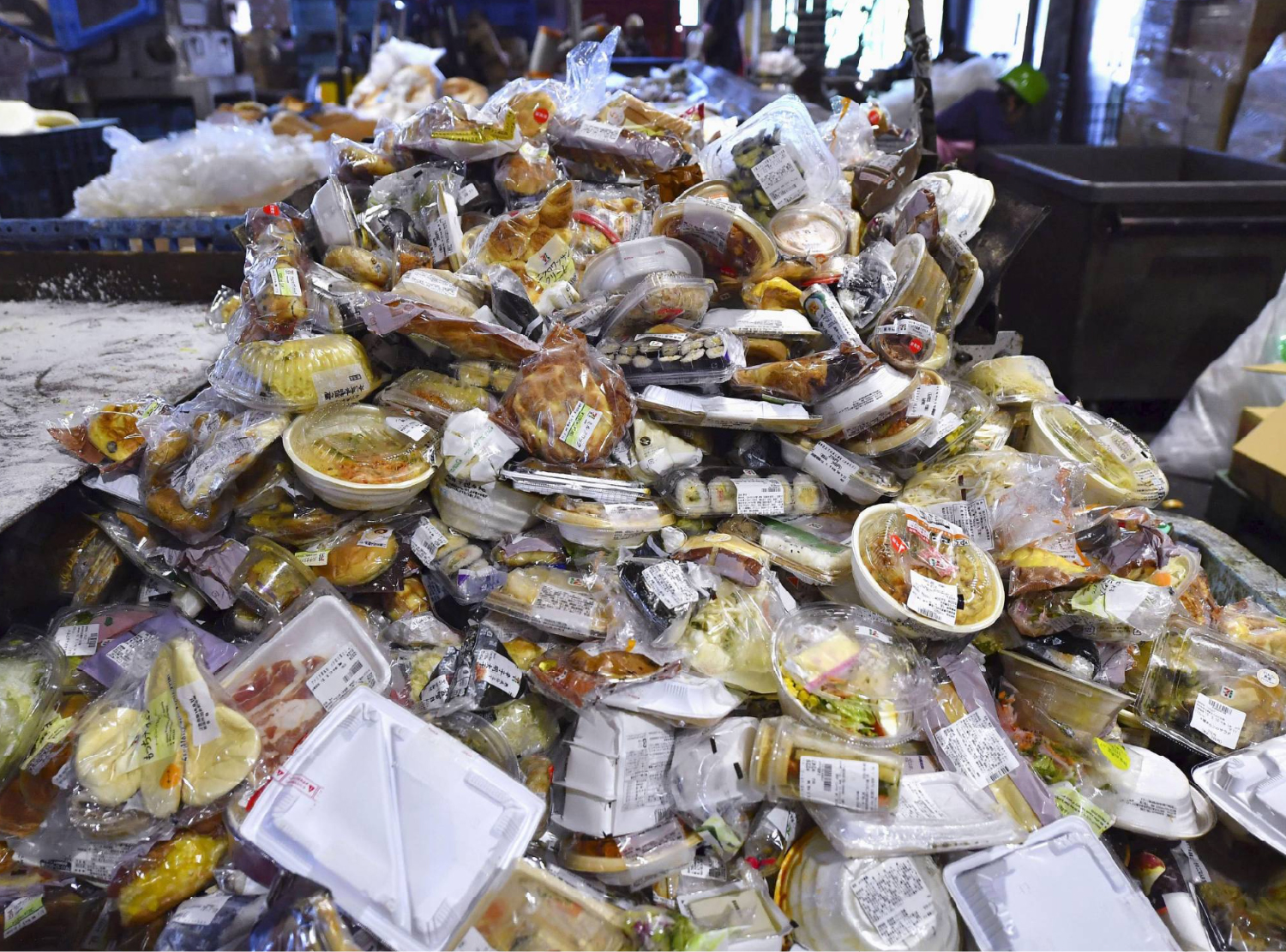
JAPAN TIMES, 2020
Additionally, new technology has emerged in support of reducing food loss. New websites now sell discounted products approaching their “best by”/”use by” dates and new AI software has even been developed to alert retailers when certain items aren’t as popular to prevent them from over-buying.
Japan is also making an effort to redistribute edible food along the supply chain to charities and educate individual consumers on the issue of food waste/loss through awareness campaigns.
STORIES AND Advice from Experts

HANK YE – Owner of “A Loving Cafe”
Hank Ye, a coffee connoisseur and cinnamon roll expert, owns a small café called, “A Loving Café” in Taipei, Taiwan with his family. They pride themselves in not only having delicious products, but also being zero waste. Originally a dancer, Mr. Ye says that as he got older he started to fall in love with a different art form: food. He started as a coffee enthusiast and now enjoys making small-batched cinnamons rolls as well, all with locally sourced ingredients, and sharing these lovingly made treats and drinks with his customers. When it comes to being zero waste, Mr. Ye expresses how important it was from the beginning to make each roll well with a lot of love and care rather than to make large batches and risk having any extra. So far, he and his family have managed to order well for what they need and if there are any extra rolls, he always gives them to his friends as gifts.
When it comes to managing food waste in Taiwan, Mr. Ye says that for businesses who face this issue, he feels very confident in Taiwan’s relatively new system to repurpose this waste. Today, Taiwan sorts food waste and uses edible scraps as pig feed and inedible waste as fertilizer and in some cases, even repurposing inedible waste into clothes and textiles. (To read more about the evolution of Taiwan’s recycling program, you can learn more here.)
When asked about his feelings towards the future of food sustainability in Taiwan, Mr. Ye says he is feeling very optimistic. For him, his goal is still to commit himself to working with precision – to dedicate time to perfecting each roll, ensuring he is doing his best to limit any waste, and to make everything in his café with love and care.
LUCIE BASCH – Co-founder of Too Good To Go
We asked Lucie: “what are some best practices people can follow to become more sustainable and reduce daily food waste, and what does food sustainability mean to you?”
Lucie: “I think for me it’s really about reconnecting people around food, meaning today the farm and the fork are really far from each other and I think we need to reconcile farm (meaning farmers and agriculture) [with] forks (meaning consumers and people who eat the food every day).
So it’s about having short food chain, it’s about getting people to spend more time and more money on their food, understanding how essential this is, it has a huge impact on their health, it has a huge impact on their planet, has a huge impact on their happiness and also has a huge impact on the long term of the future of agriculture, which is essential for the future of our species.
In terms of best practices that people can follow, I think it’s giving a lot of space to food in their life, spending time doing food shopping every day and not like doing big batches, being able to cook, do a shopping list before you go cooking, go [to] the right place, eat seasonal and local, and that goes with understanding [of] what seasonal means, [and] what local means.
Of course we all have busy lives, but I think it’s about helping people who understand that when they do spend time on life [and] on food, it makes their life happier and it makes more sense overall.”
To hear more about Lucie and her fight against food waste, you can check her out on How I Built This with Guy Raz!

Advice from next expert: coming soon!
TIPS & TRICKS
TO LIMIT FOOD WASTE
BASIC STEPS
- Be aware of what you currently have – take stock of the items in your fridge and pantry before going to the store
- Be aware of your food staples – what do you want vs what do you need?
- If possible, do more frequent grocery shops and buy fewer items rather than going less frequently and buying more
- Make a quick grocery list before beginning your shopping – this can keep you focused and limit buying more than you need
- Avoid buying in bulk – for example, if you need a couple bananas but don’t expect to eat a whole bunch within the next few days, only grab a couple
- Don’t neglect “imperfect” foods – if an item has a slight bruise or “different” shape, keep in mind that it’s likely still perfectly edible and delicious
- Make a meal plan if you can. If not, make a note of when you’ll be eating the items you buy – if you can’t imagine using an item soon (especially a perishable item), don’t buy it
- Save your leftovers and make them visible in the fridge
- Do your best to store food well and make it easy to see – for example, put ripe avocados in the fridge to keep them fresher longer and make sure food items are in sight to avoid forgetting about them Try to compost
- Eat/repurpose leftovers, try to use older but safe ingredients to create meals before shopping again
TIPS & TRICKS
SHOPPING LISTS
There are a variety of ways to go about your shopping list and many templates out there to help you stay organized. One way to create a list for shopping is to quickly jot down what you need on a piece of paper (or on your phone). Having specific items in mind can help you stay focused and on track while you’re at the store rather than deciding on what you want when you’re there. If you don’t go in prepared, or even worse, if you go in hungry, you can spend additional time and money looking at new items that you didn’t even think about before.
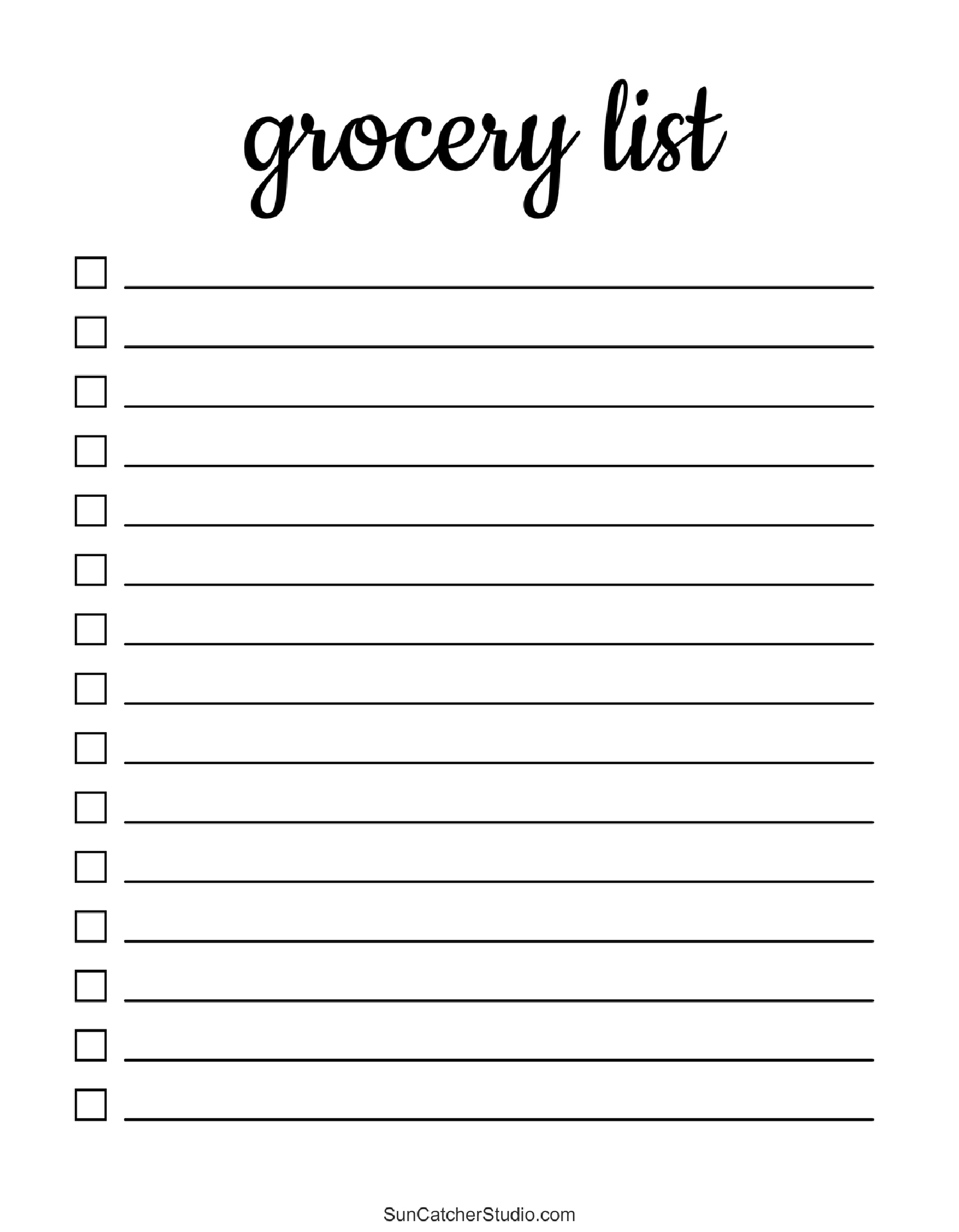
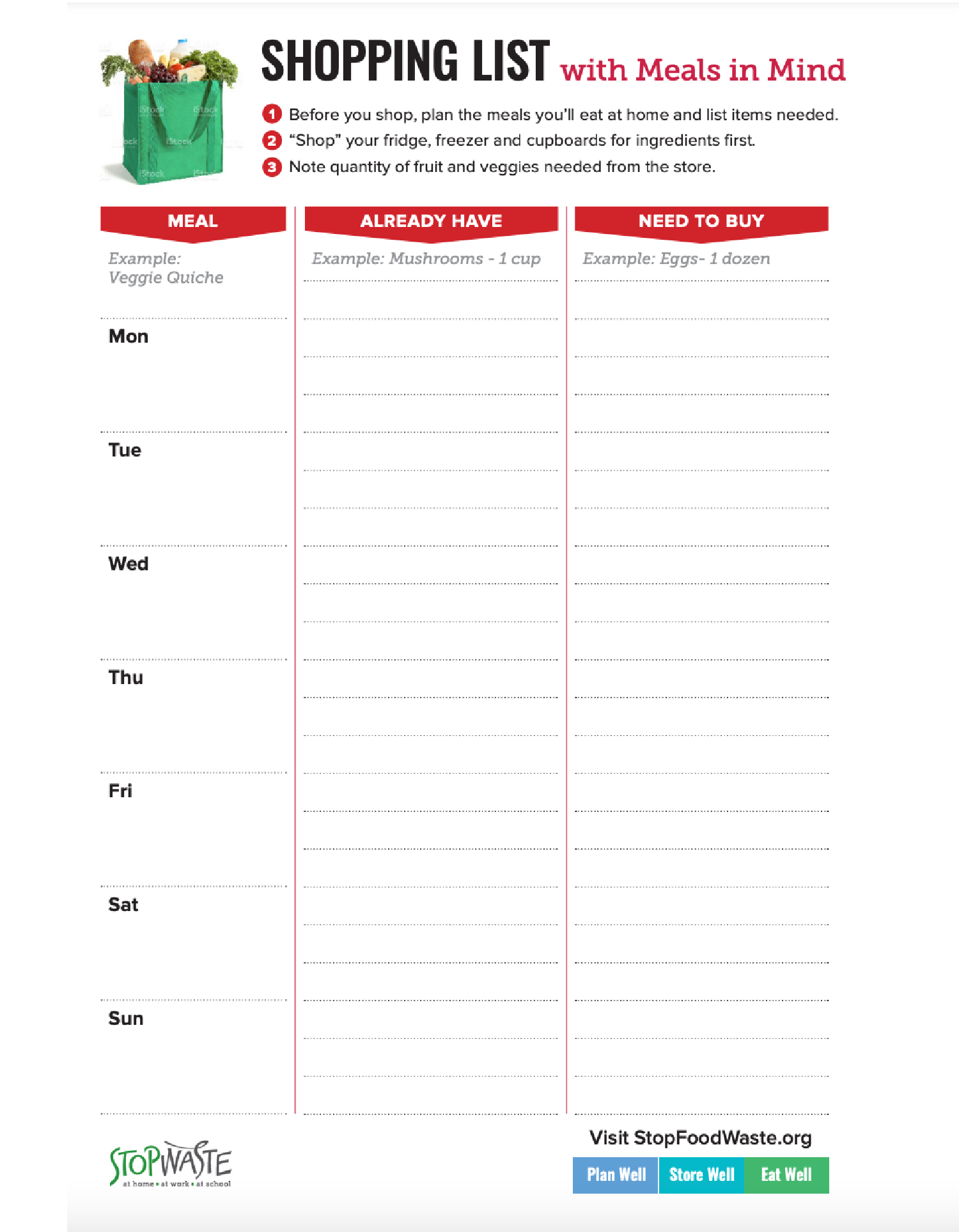
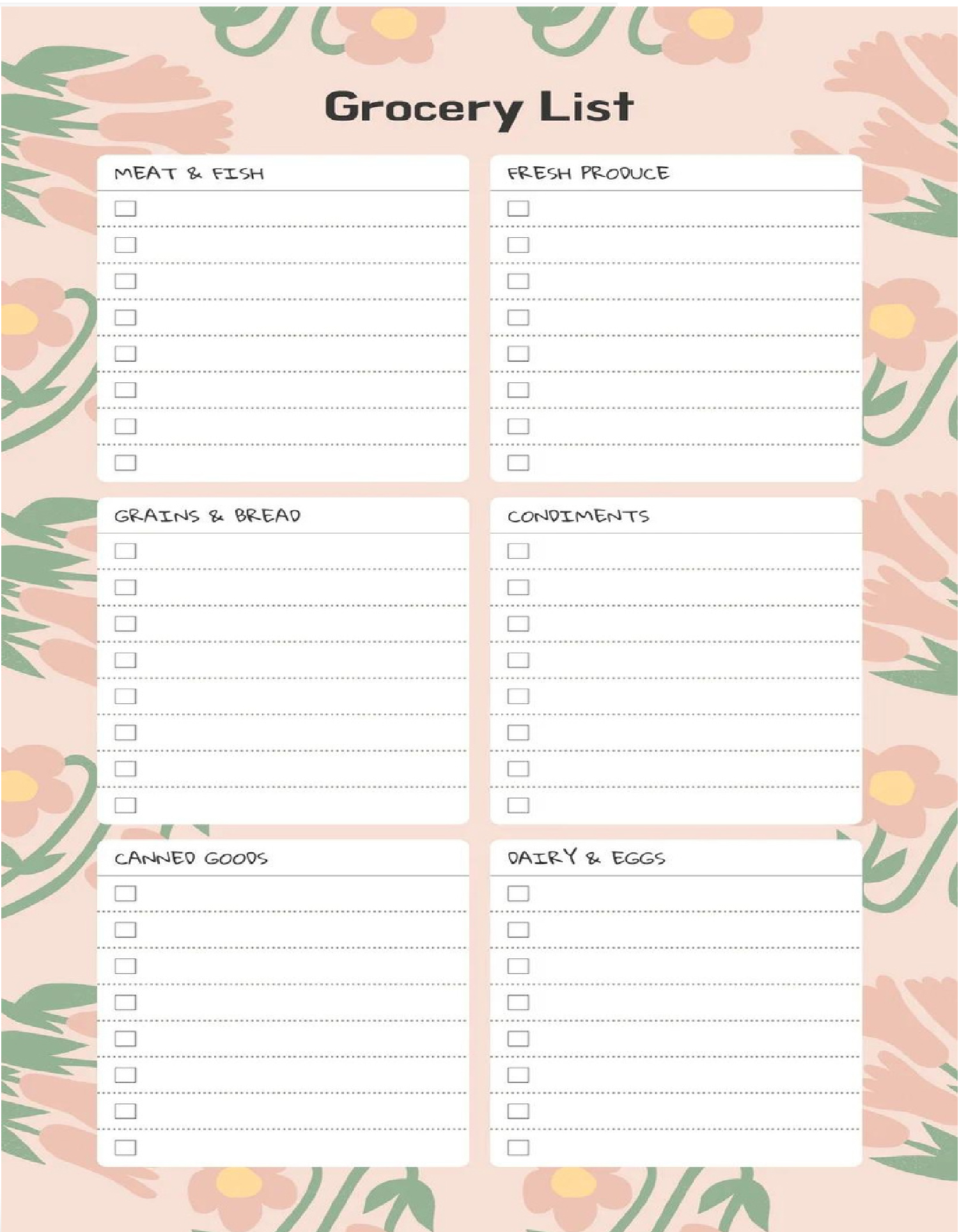
TIPS & TRICKS
THE REFRIGERATOR
Food abundance and bounty is not only found in grocery stores and food establishments – it can also be found in households. As portion sizes and food quantities have increased in the US, so have our refrigerators. What was once used solely as a tool to keep food fresh as more people began to live in cities and further away from farms, has now become a symbol of bounty and luxury. Refrigerators can often showcase luxury through various food options and even excess whereas small or empty refrigerators can sometimes make people feel as if there’s food scarcity. This common mindset can possibly lead to surplus which can then lead to more waste.
1913
An American named Fred created the first household electric refrigerator which was a refrigeration unit on top of an icebox.
1918
William C. Durant invented the first household fridge with a "self-contained compressor."
1920s
Refrigerators started to become more popular in the home.
1930s
Freon, which is an alternative to toxic gases and considered safer, started to be used for refrigeration, increasing the popularity of refrigerators in households.
Present Day
Now more than 99.8% of the American population has a refrigerator/freezer and they average 22.5 cubic feet, "up from 19.6 cubic feet in 1980
TIPS & TRICKS
PRODUCE BY SEASON
Spring
APPLES
APRICOTS
ASPARAGUS
AVOCADOS
BANANAS
BROCCOLI
CABBAGE
CARROTS
CELERY
COLLARD GREENS
GARLIC
HERBS
KALE
KIWIFRUIT
LEMONS
LETTUCE
LIMES
MUSHROOMS
ONIONS
PEAS
PINEAPPLES
RADISHES
RHUBARB
SPINACH
STRAWBERRIES
SWISS CHARD
TURNIPS
Summer
APPLES
APRICOTS
AVOCADOS
BANANAS
BEETS
BELL PEPPERS
BLACKBERRIES
BLUEBERRIES
CANTALOUPE
CARROTS
CELERY
CHERRIES
CORN
CUCUMBERS
EGGPLANT
GARLIC
GREEN BEANS
HERBS
HONEYDEW MELON
LEMONS
LIMA BEANS
LIMES
MANGOS
OKRA
PEACHES
PLUMS
RASPBERRIES
STRAWBERRIES
SUMMER SQUASH
TOMATILLOS
TOMATOES
WATERMELON
ZUCCHINI
FALL
APPLES
BANANAS
BEETS
BELL PEPPERS
BROCCOLI
BRUSSELS SPROUTS
CABBAGE
CARROTS
CAULIFLOWER
CELERY
COLLARD GREENS
CRANBERRIES
GARLIC
GINGER
GRAPES
GREEN BEANS
HERB
KALE
KIWIFRUIT
LEMONS
LETTUCE
LIMES
MANGOS
MUSHROOMS
ONIONS
PARSNIPS
PEARS
PEAS
PINEAPPLES
POTATOES
PUMPKIN
RADISHES
RASPBERRIES
RUTABAGAS
SPINACH
SWEET POTATOES & YAMS
SWISS CHARD
TURNIPS
WINTER SQUASH
Winter
APPLES
AVOCADOS
BANANAS
BEETS
BRUSSELS SPROUTS
CABBAGE
CARROTS
CELERY
COLLARD GREENS
GRAPEFRUIT
HERBS
KALE
KIWIFRUIT
LEEKS
LEMONS
LIMES
ONIONS
ORANGES
PARSNIPS
PEARS
PINEAPPLES
POTATOES
PUMPKIN
RUTABAGAS
SWEET POTATOES & YAMS
SWISS CHARD
TURNIPS
WINTER SQUASH
TIPS & TRICKS
HOW TO STORE PRODUCE
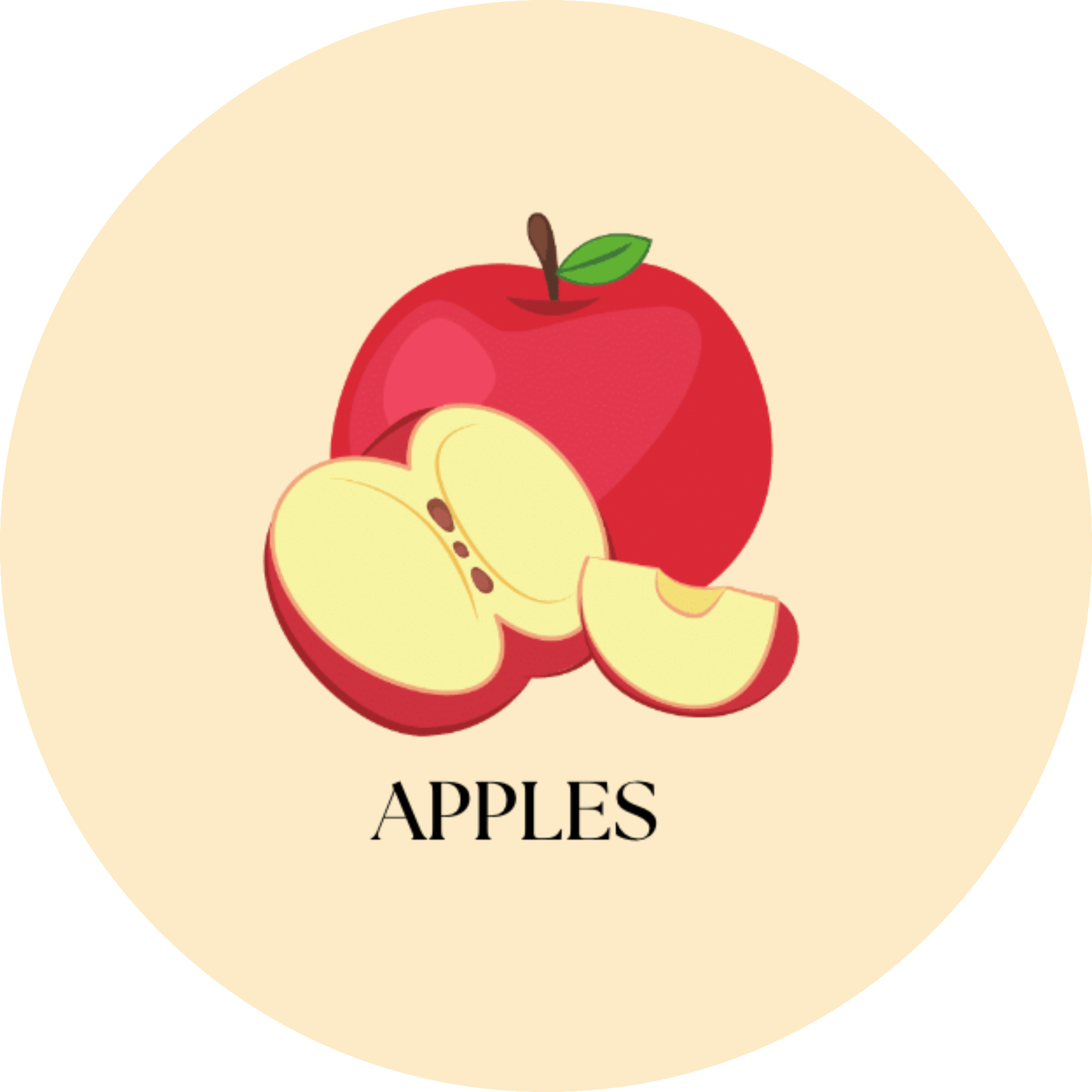
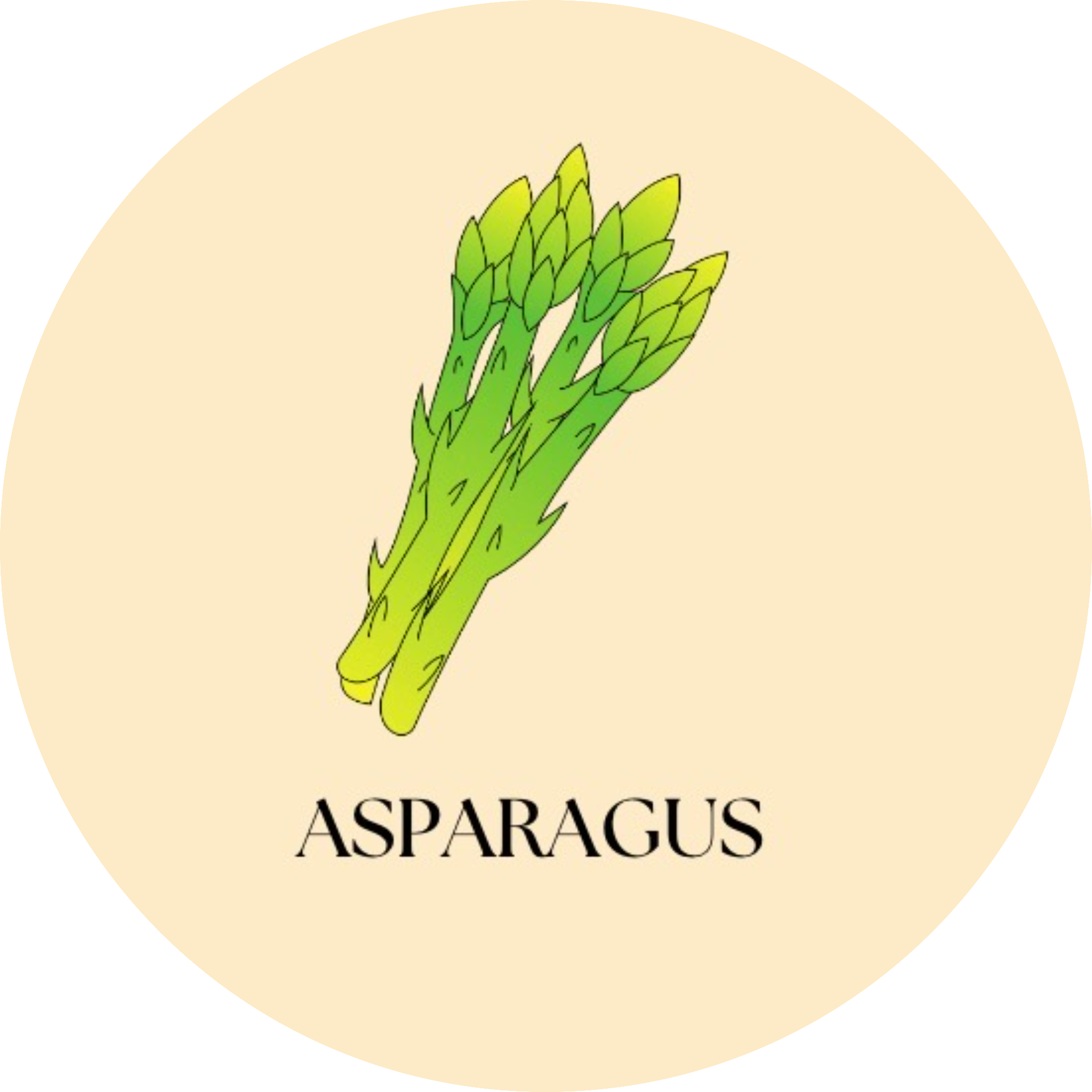
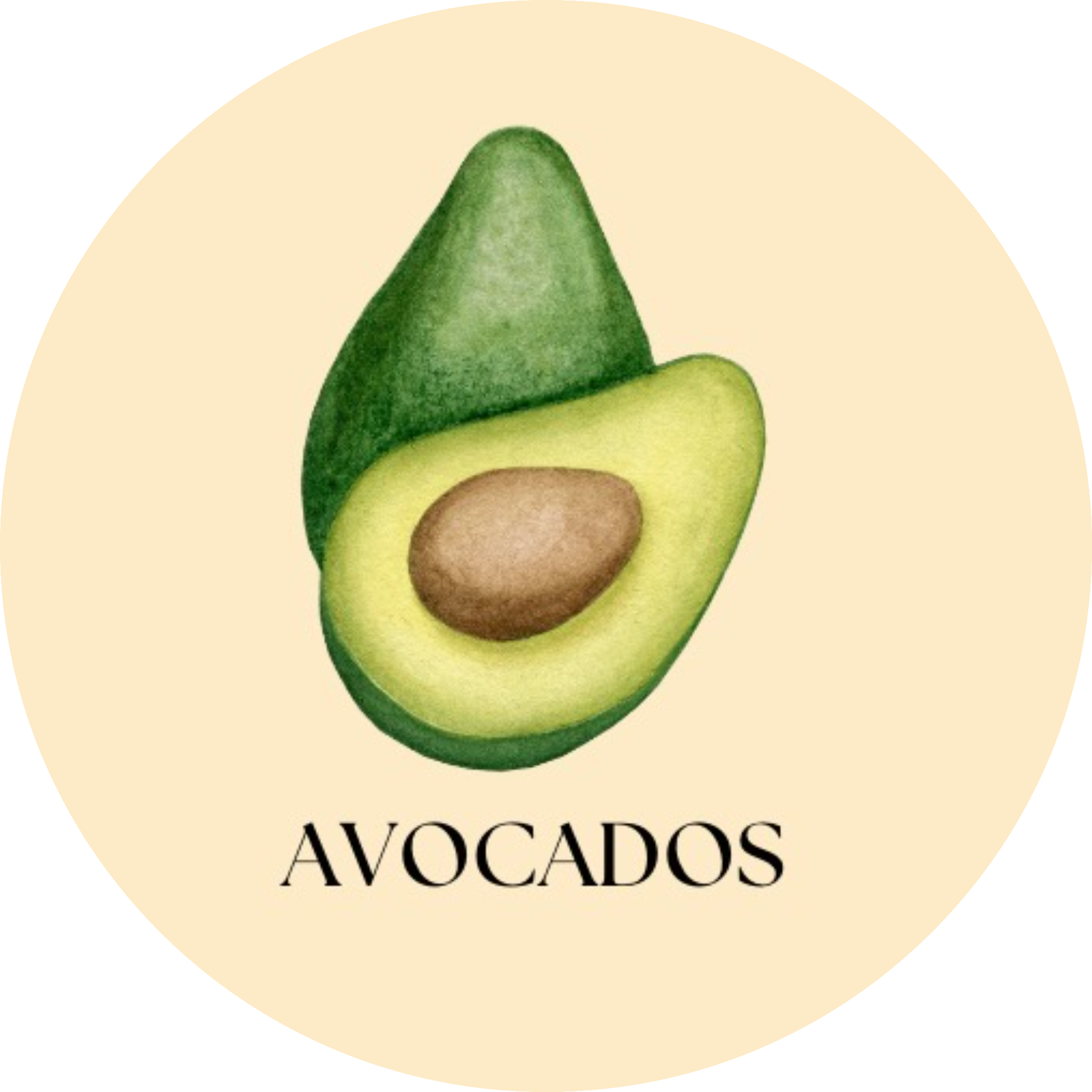

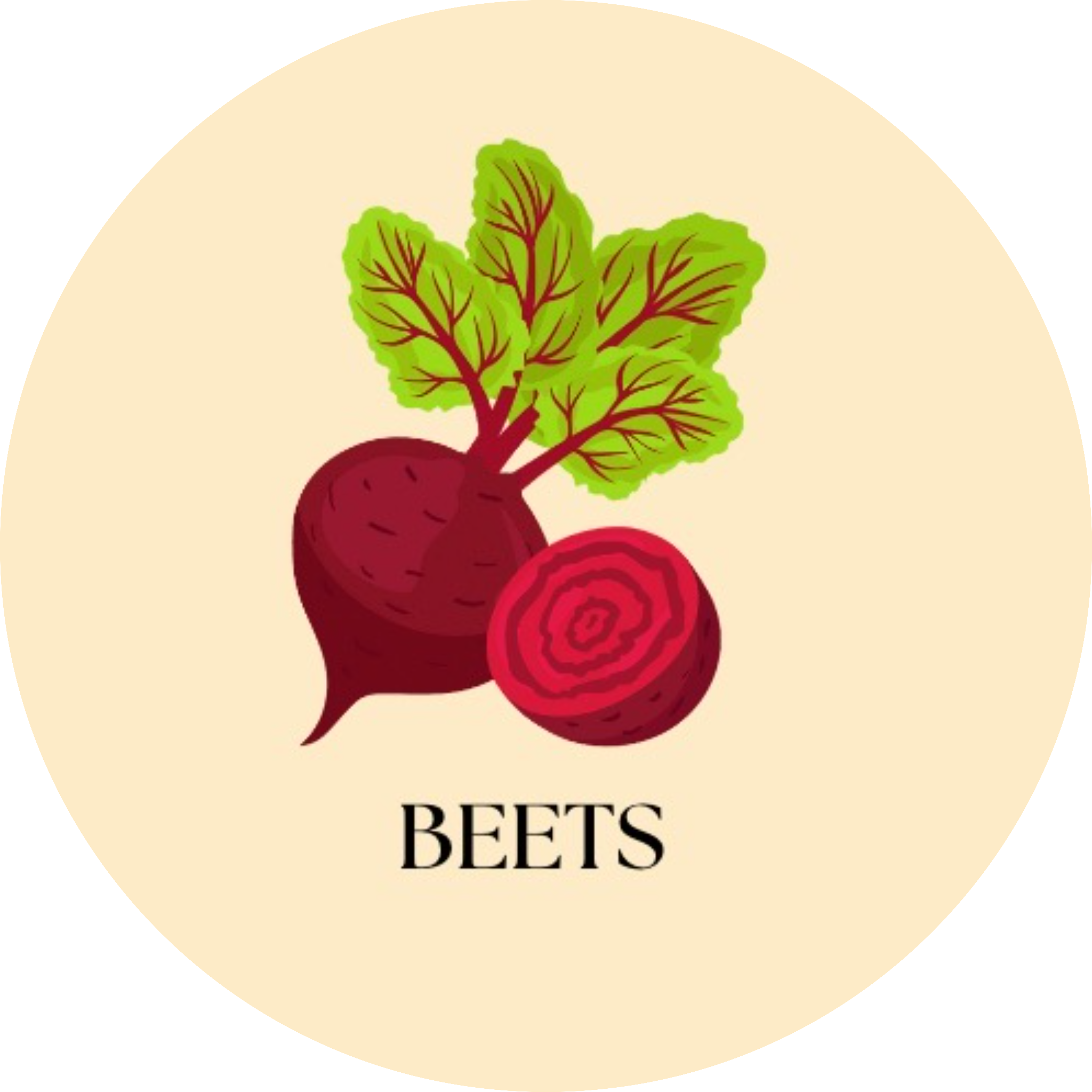
Apples are an ethylene-emitting fruit (meaning they emit a gas that leads to rapid ripening) and should not be stored with ethylene-sensitive foods like leafy greens. Apples do best in colder temperatures and should be stored in a designated apple crisper drawer, or in a plastic bag in the fridge.
Cut the ends of asparagus and stick the asparagus upright in water, then cover with a plastic bag for best results. Make sure to change the water if it starts to look “cloudy.”
Wait until avocados start to ripen and then store them in the fridge – putting unripe avocados in the fridge can halt the ripening process. After the avocado is cut, store with the pit to prevent oxidation. Squeezing lemon juice on a cut avocado can also help keep it fresh.
Like apples, bananas also naturally release ethylene, so it’s best to keep them away from ethylene-sensitive foods. And like avocados, placing bananas in the fridge too early can halt the ripening process. Leave bananas out at room temperature and you can place plastic wrap around the stems to keep them fresh for longer. After they ripen, placing them in the fridge can also help.
Immediately remove any greens attached if there are any, as the greens can remove moisture from the beets. Store in an air-tight container, crisper drawer or plastic bag in the fridge and avoid washing them before you’re ready to eat them!
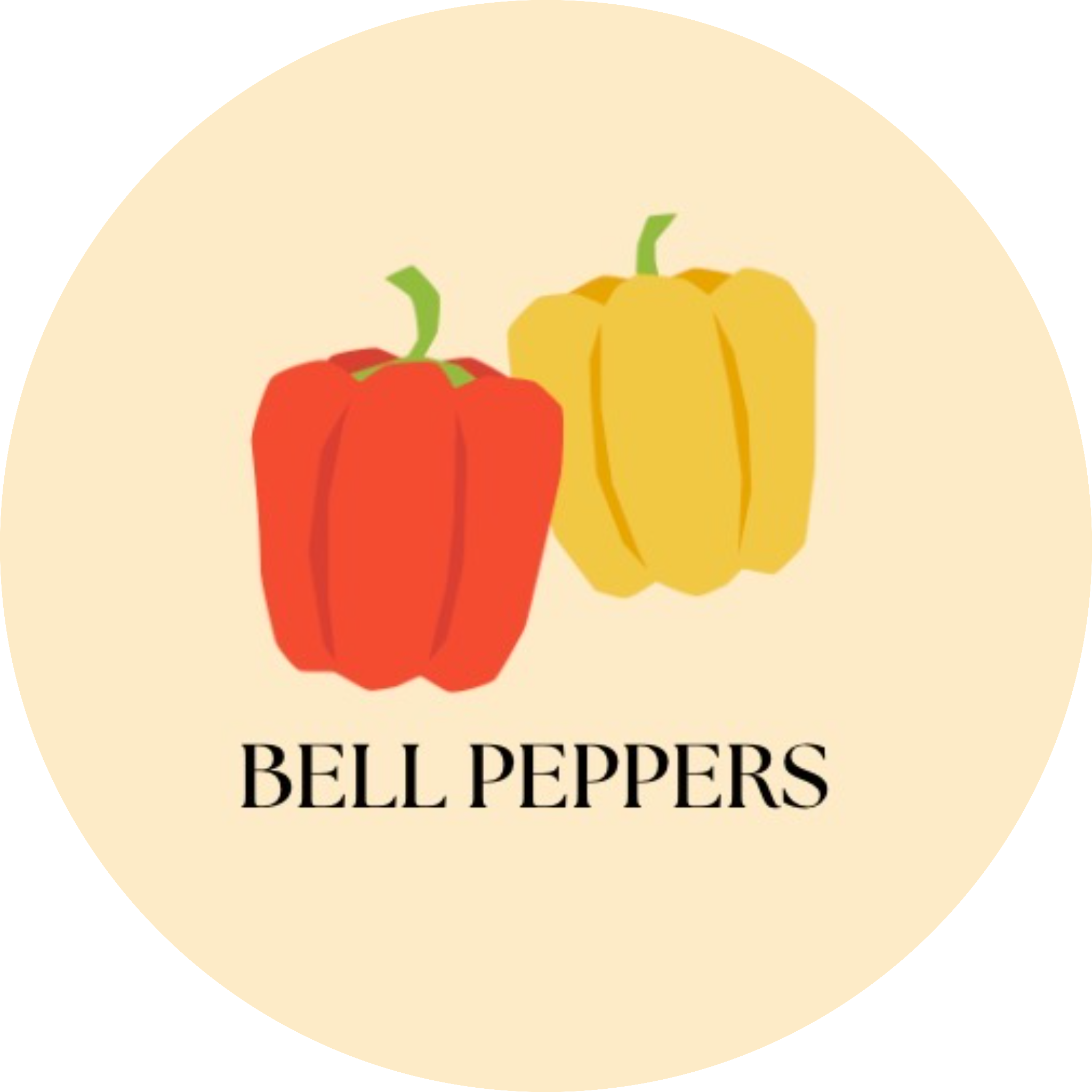
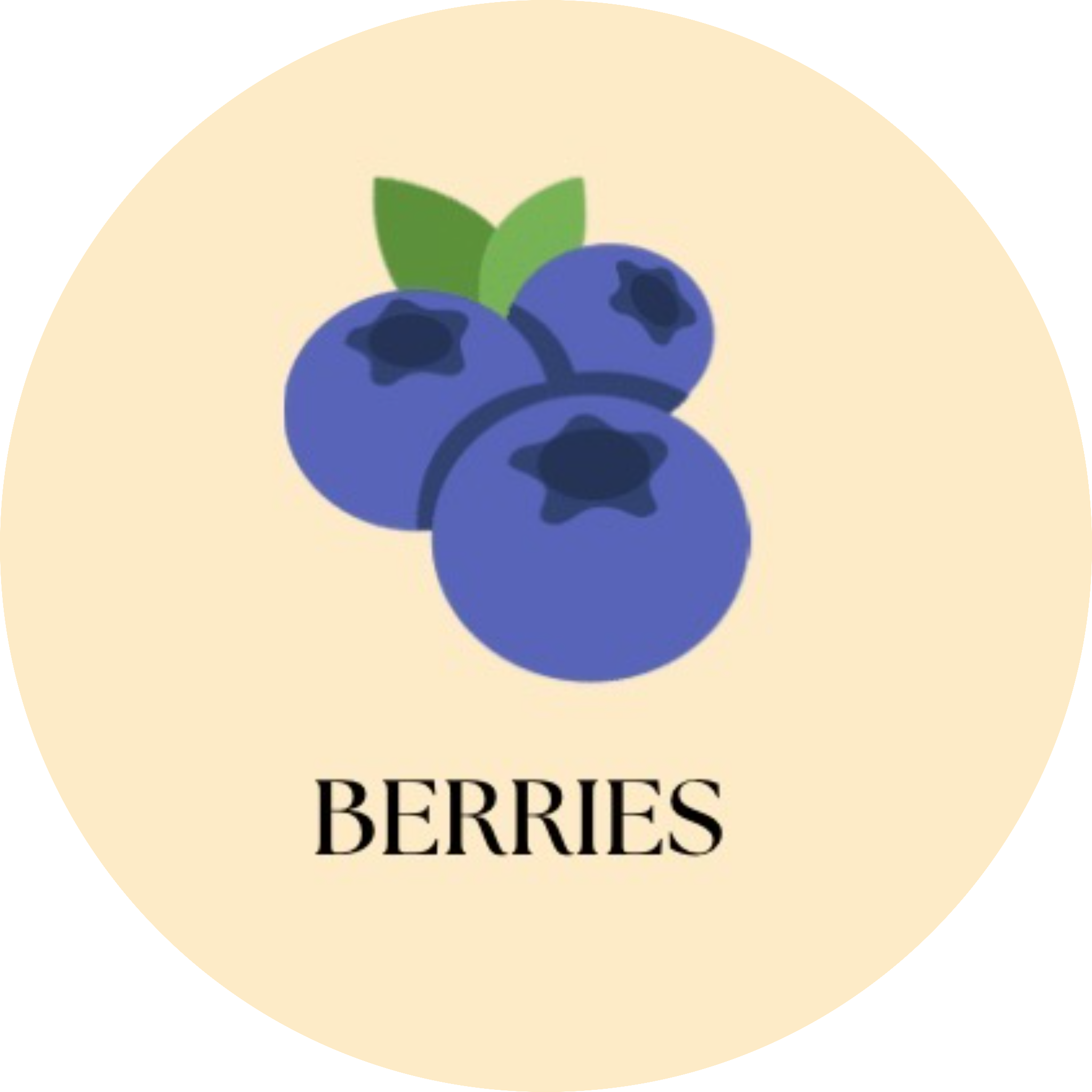
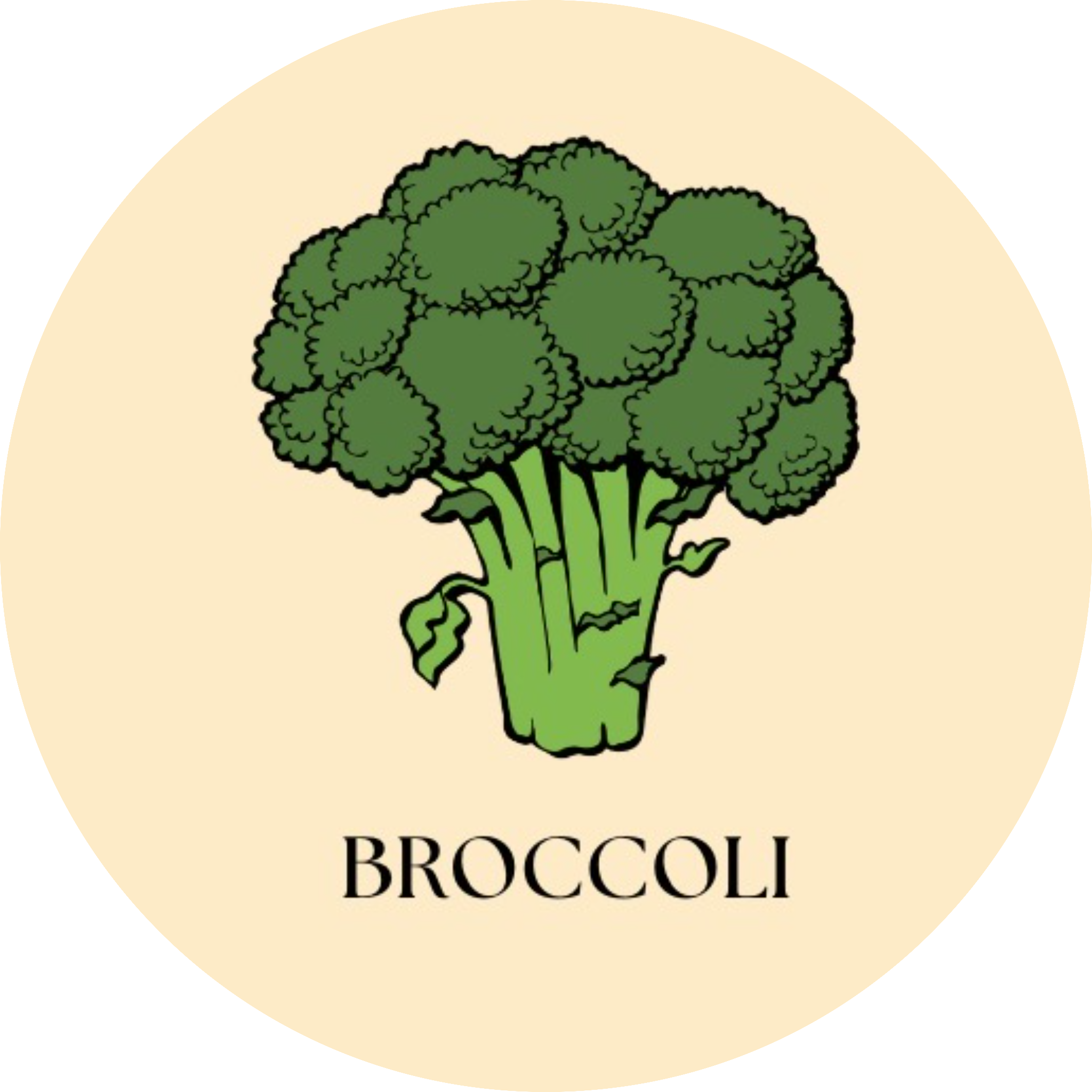
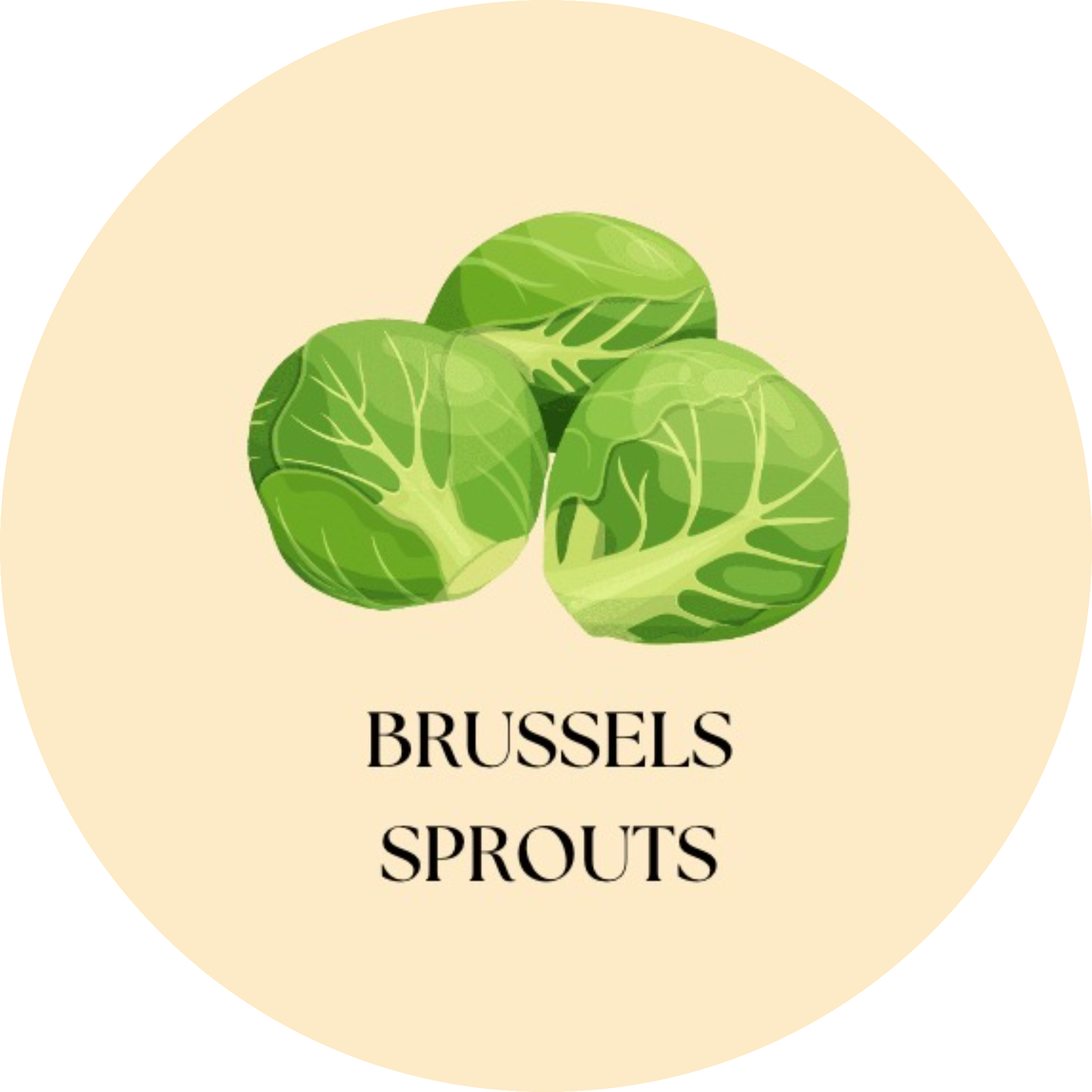
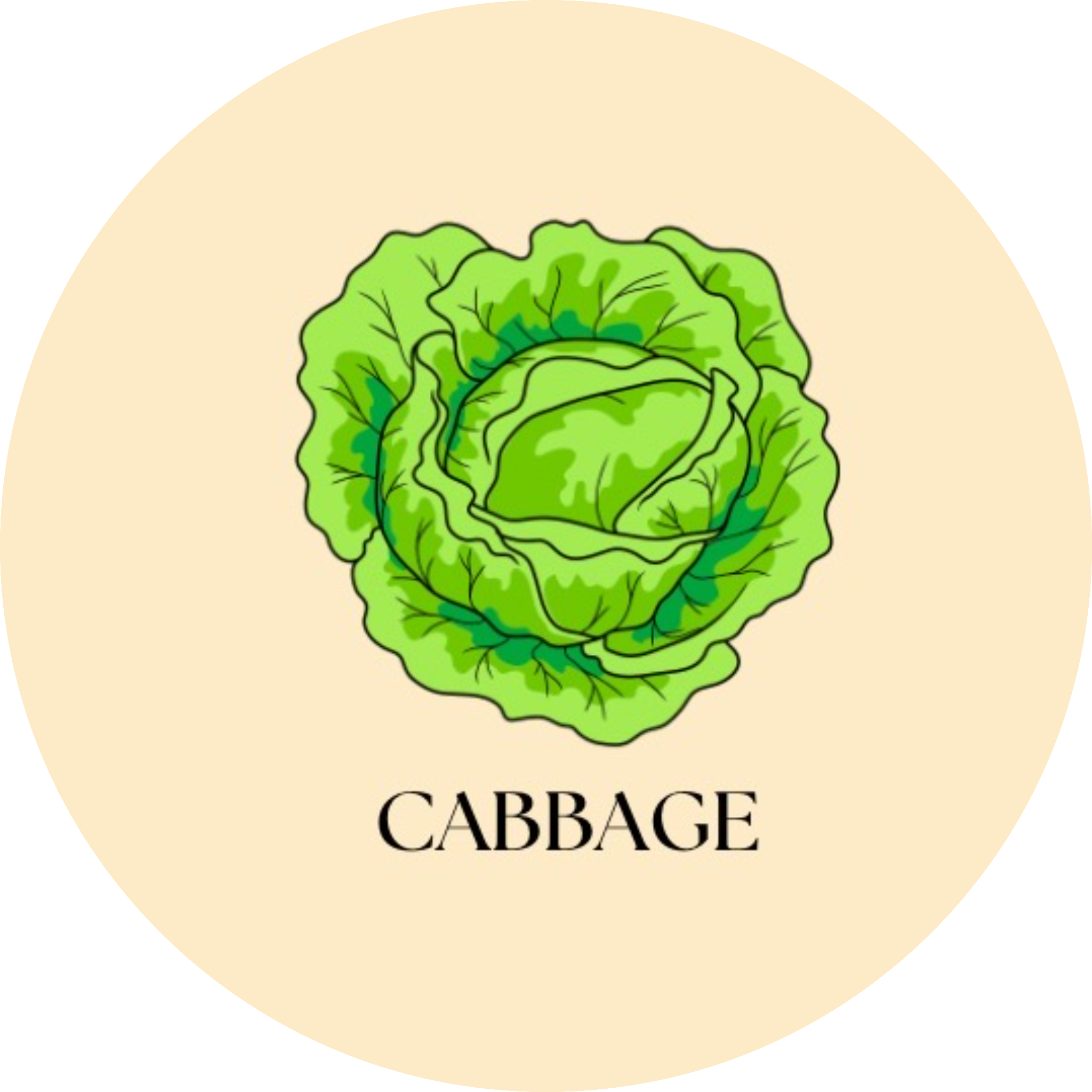
Avoid washing prematurely as moisture can lead to spoilage. Store in fridge and wash when ready to eat!
Keep green stems on to preserve freshness, avoid washing until ready to eat and keep cold in the fridge.
Keep cold in the fridge, store in crisper drawer, and for best results, place a moist paper towel over the broccoli head to keep it extra cool and fresh.
Store in the fridge in a plastic bag and avoid washing before you’re ready to eat them!
Store in a sealed container in the fridge. If it’s cut, make sure to keep it in an airtight container. Cabbage, like leafy greens is also ethylene-sensitive, so try to keep cabbage away from ethylene-emitting foods like apples and bananas.
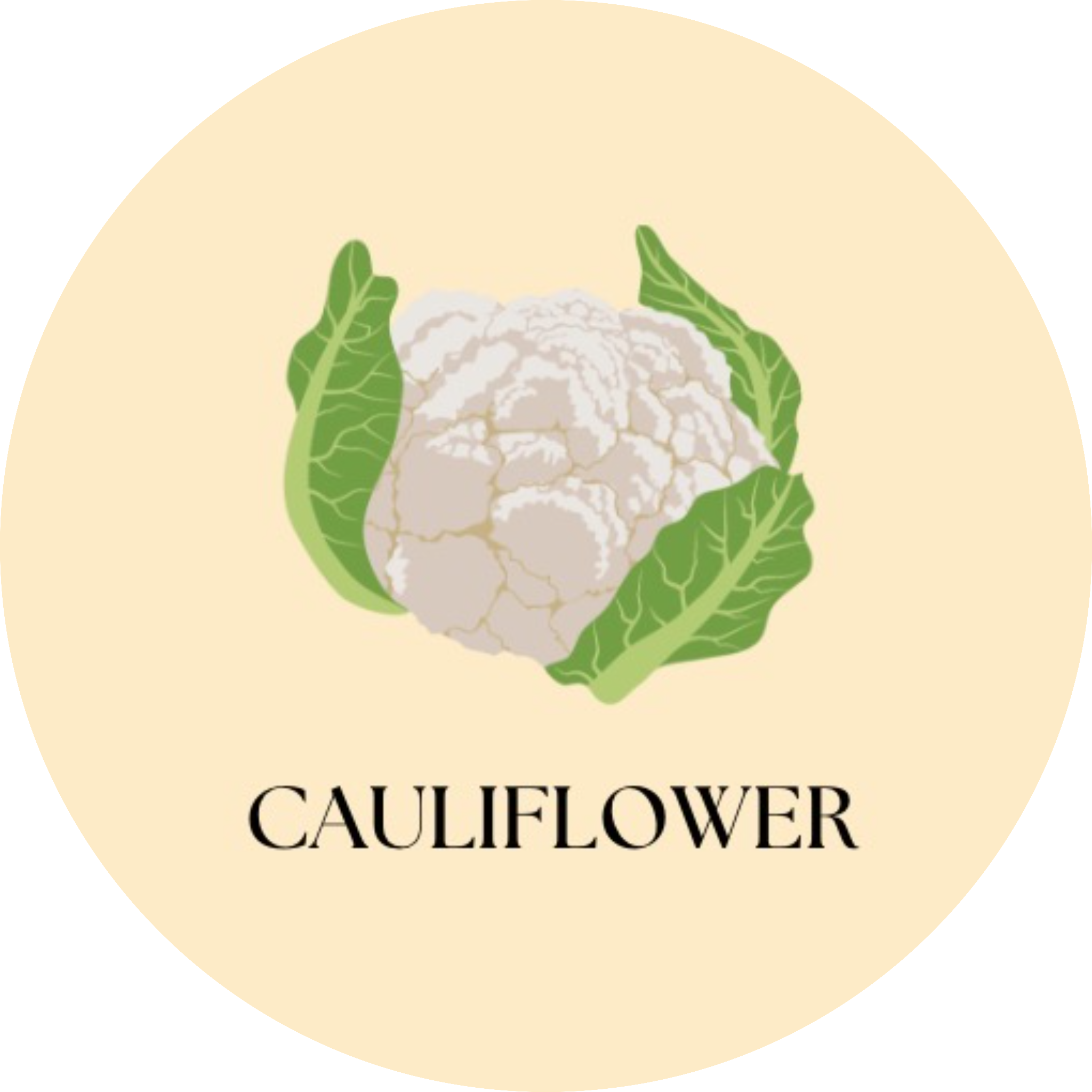
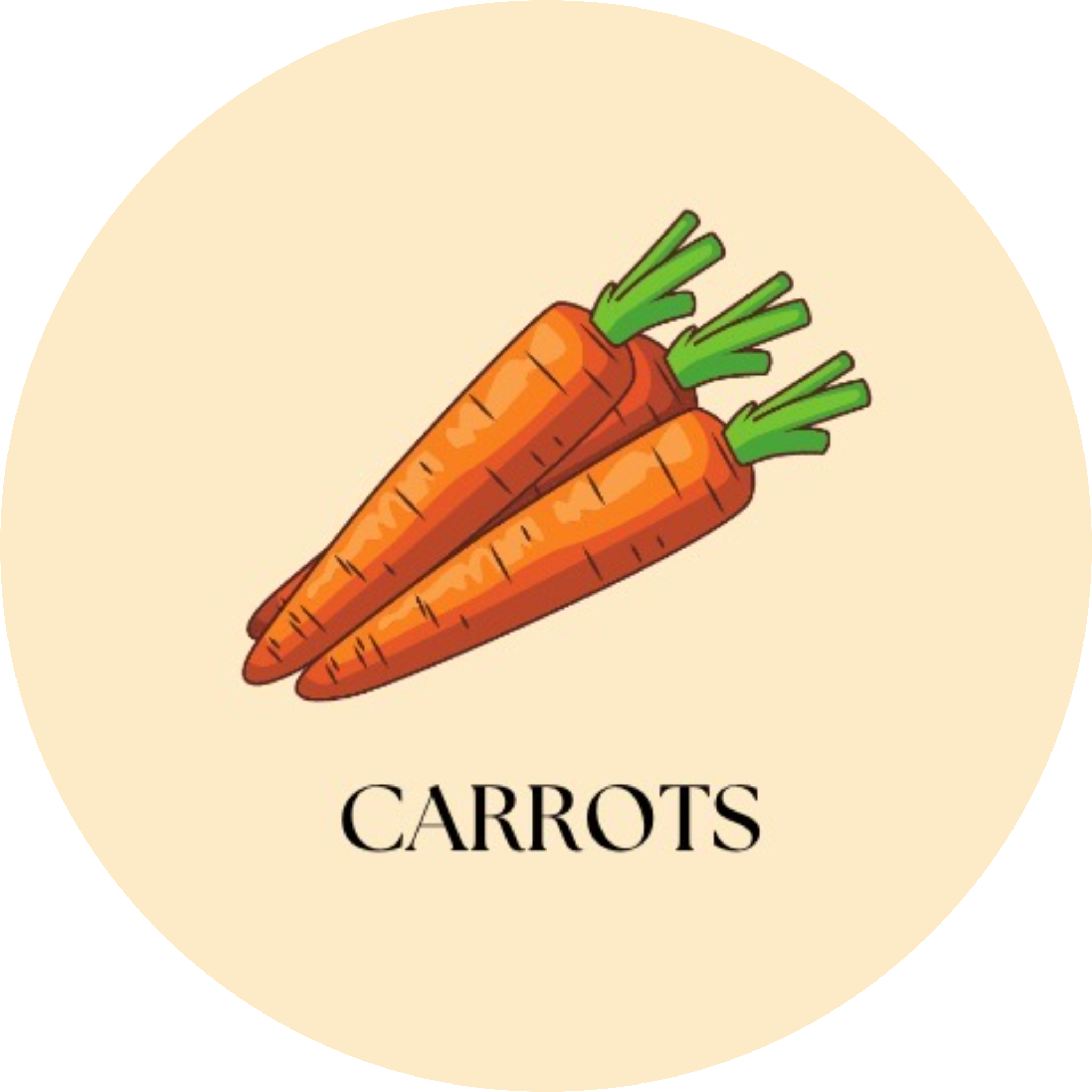


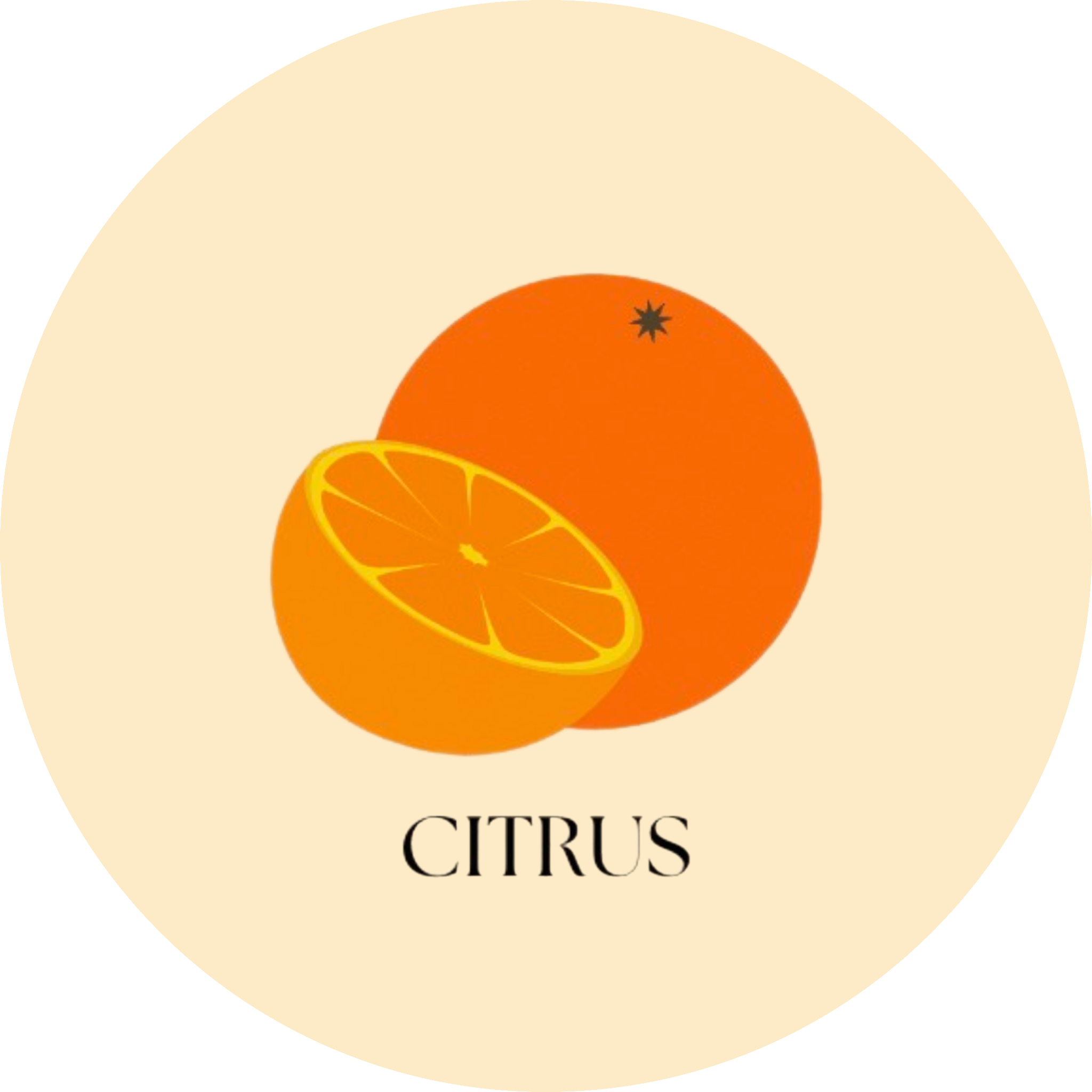
Keep in sealed plastic wrap (either the wrap it comes in, or if unwrapped, wrap it in plastic wrap) but keep wrapping loose as cauliflower needs a little air. Try to avoid cutting before ready to eat, and store in crisper drawer in the fridge.
Cut off greens and store in the fridge. For best results, keep carrots in a cool container of water in the fridge!
Celery is also an ethylene-emitter. Store in the fridge away from ethylene-sensitive foods. Celery can be stored in aluminum foil (sources say avoid plastic wrap as it could trap ethylene and expedite ripening).
Keep cold in the fridge (same for plums)!
Keep away from direct sunlight. Citrus are fine to store at room temperature, but after a few days they should be put in the fridge.
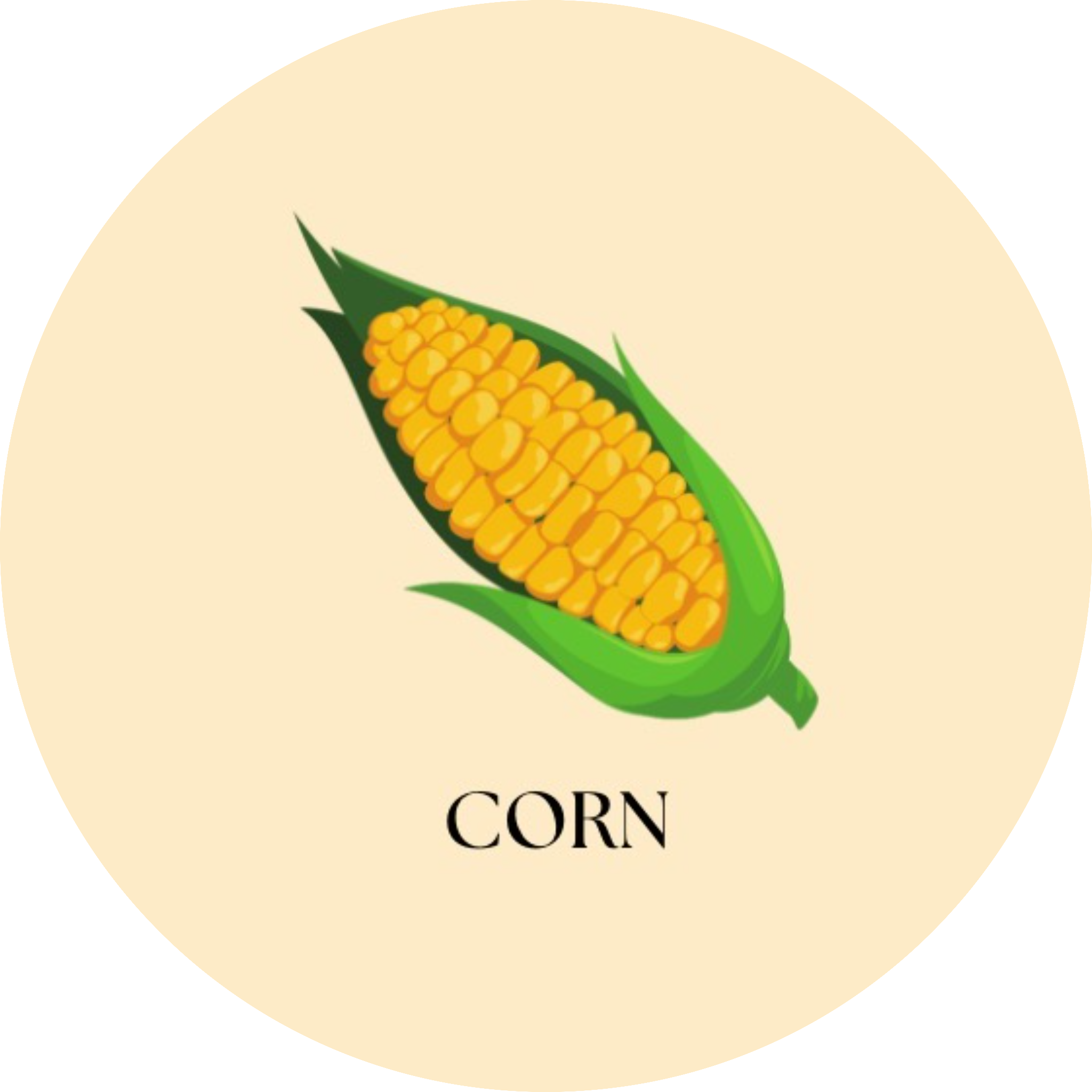
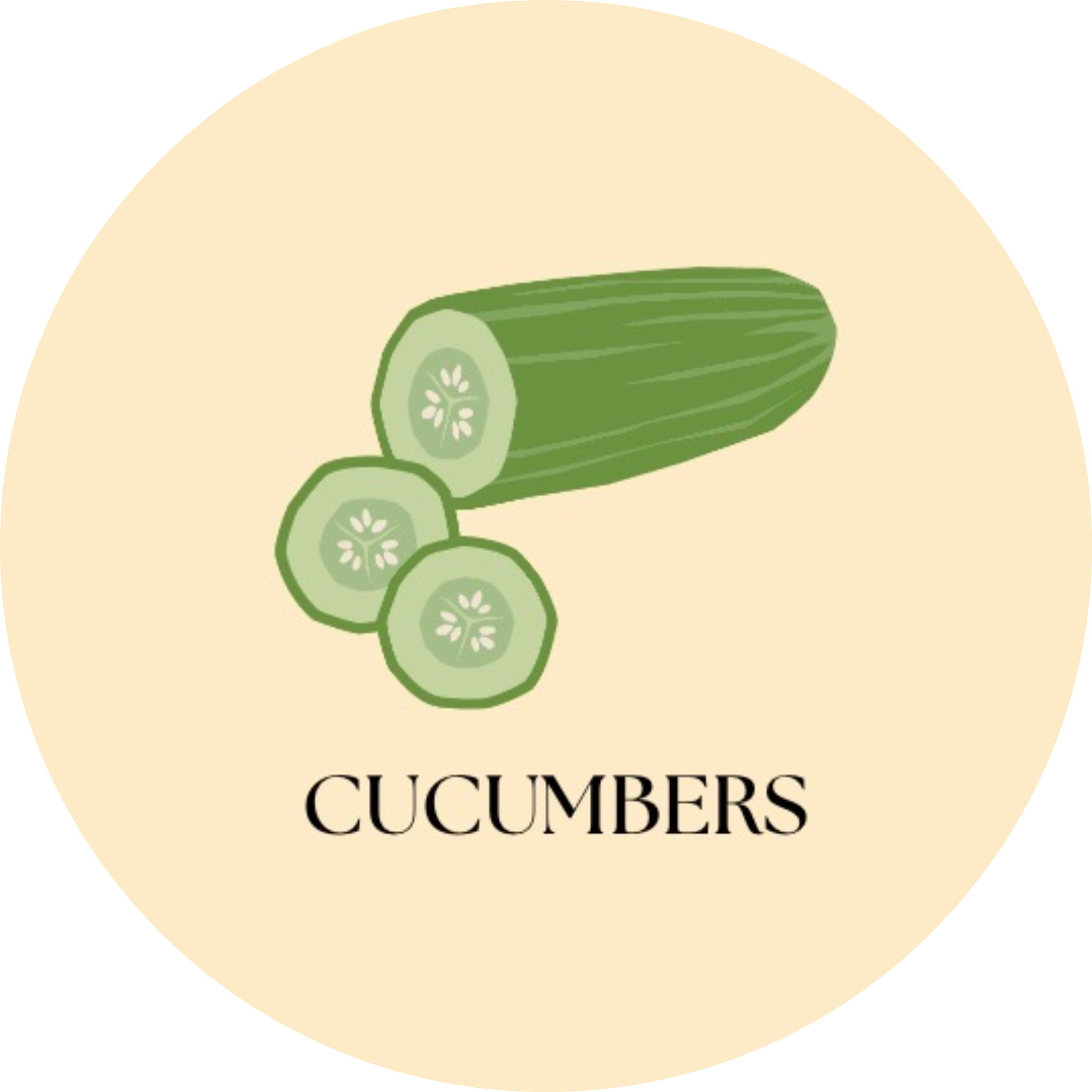



Keep husks on until ready to cook, store the cobs in a crisper drawer in plastic bags. Do your best to keep corn from getting dry.
Believe it or not, cucumbers don’t do well in super cold temperatures – best to store at room temp.
Best to store garlic in a cool and dry space, like your kitchen counter! Don’t put garlic in the fridge (unless minced – in this case, best to store in airtight container with some oil).
Keep in the fridge in a plastic bag. Avoid washing them before putting them in the fridge.
Wrap in a damp paper towel (loosely) and keep in a plastic bag in the fridge for best results.
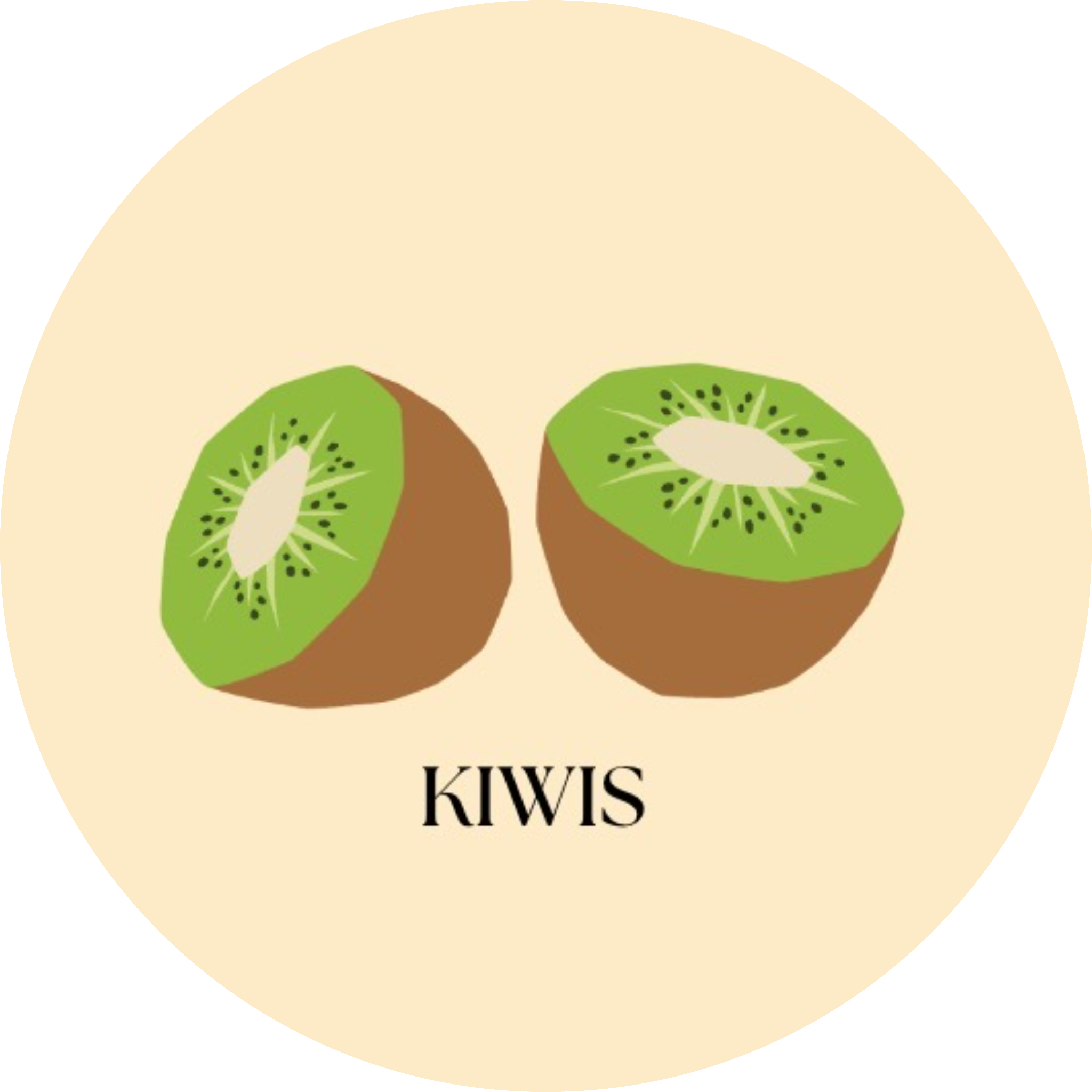
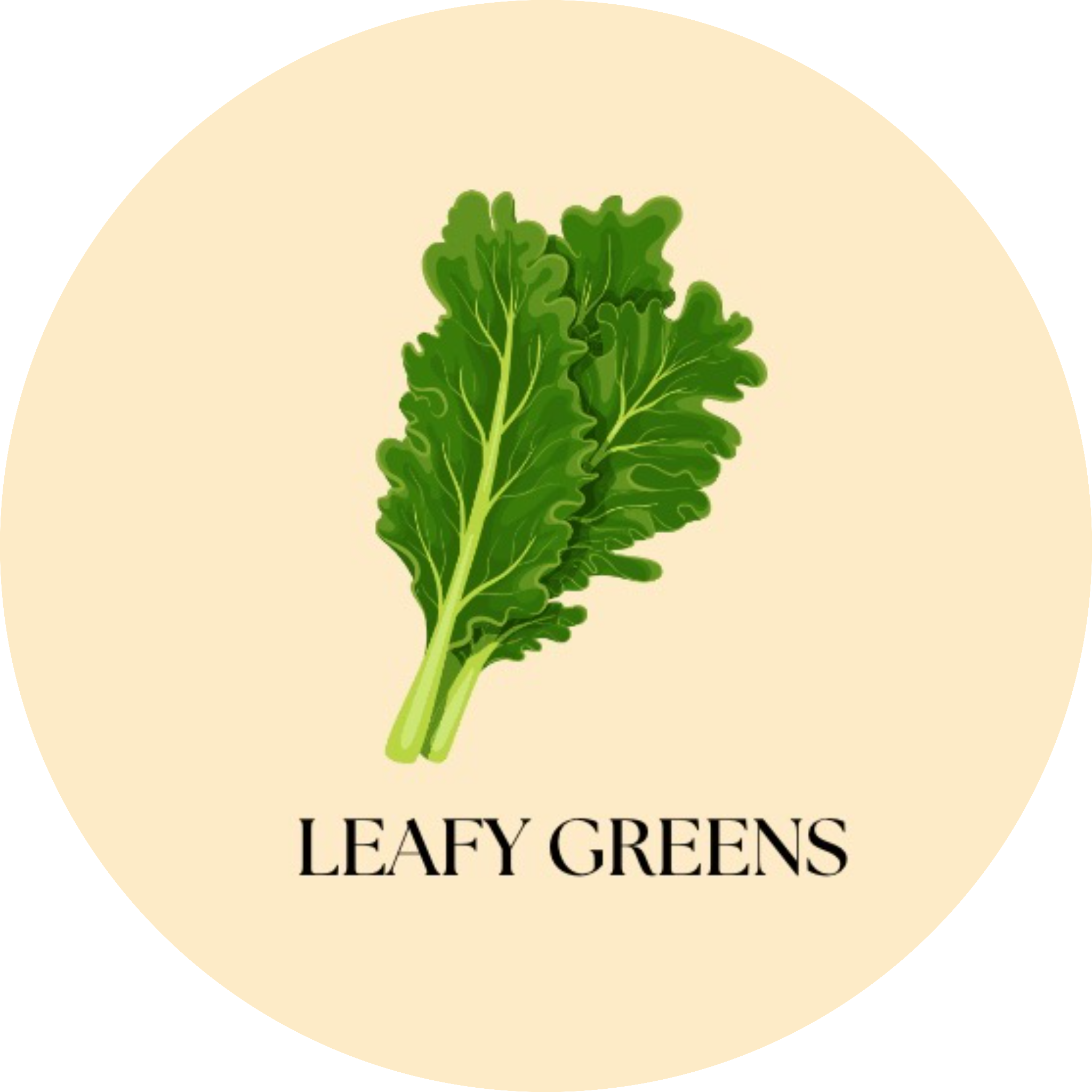


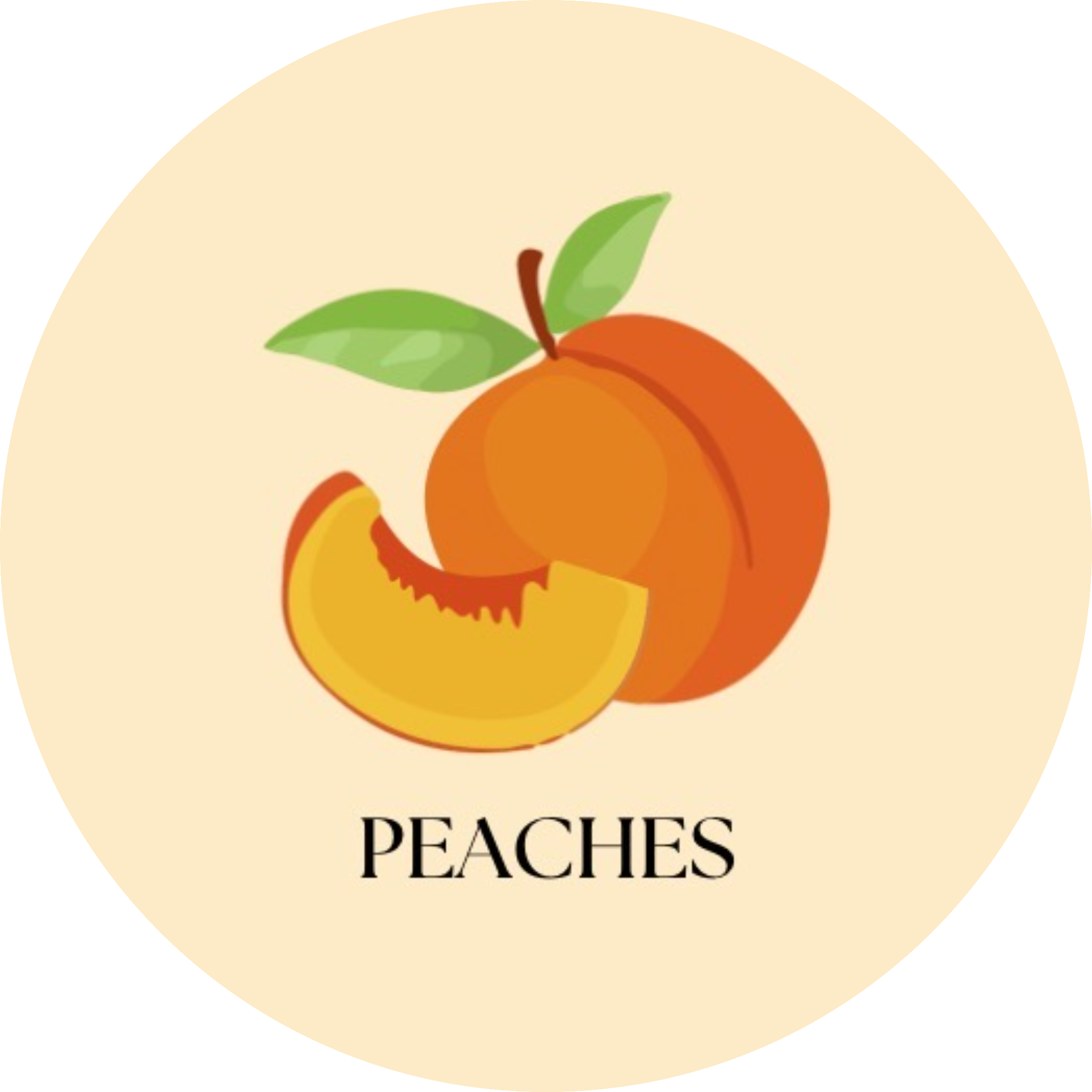
Wait until they’ve ripened and then keep them in the fridge.
For best results, wash and thoroughly dry and then stick them in a plastic bag with a paper towel to trap any moisture, then put in the fridge. Avoid keeping leafy greens near ethylene-emitting foods.
Also an ethylene-emitter (keeping them in a paper bag can trap ethylene gases and help ripen faster). To store, keep mangoes at room temp until ripe and then they can be moved to the fridge. Keep away from other ethylene-emitters, like apples.
Store at room temp. Once cut, keep in airtight container in the fridge.
Store in a cool spot away from the fridge (like the kitchen counter). The fridge can dehydrate them (same for nectarines and apricots).
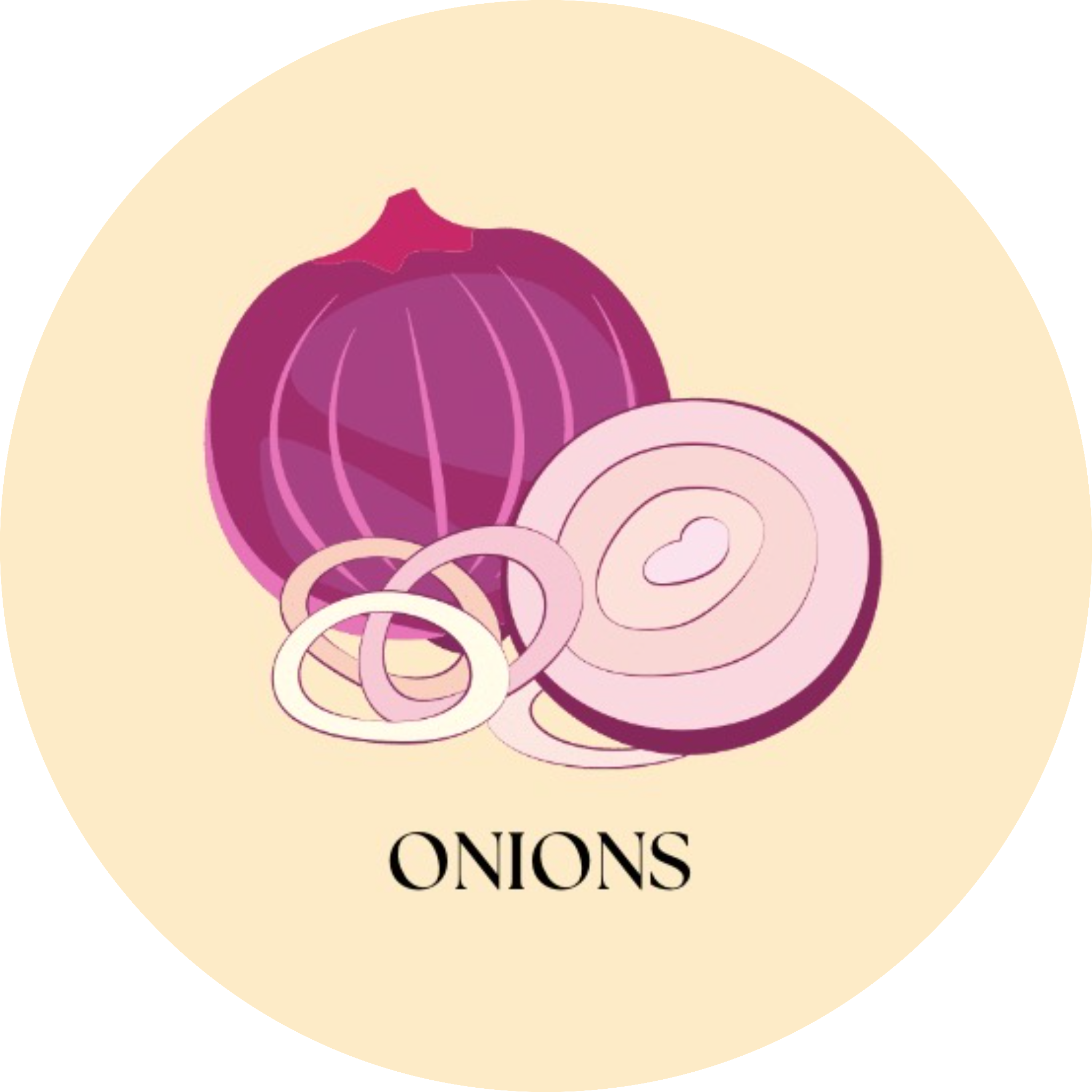



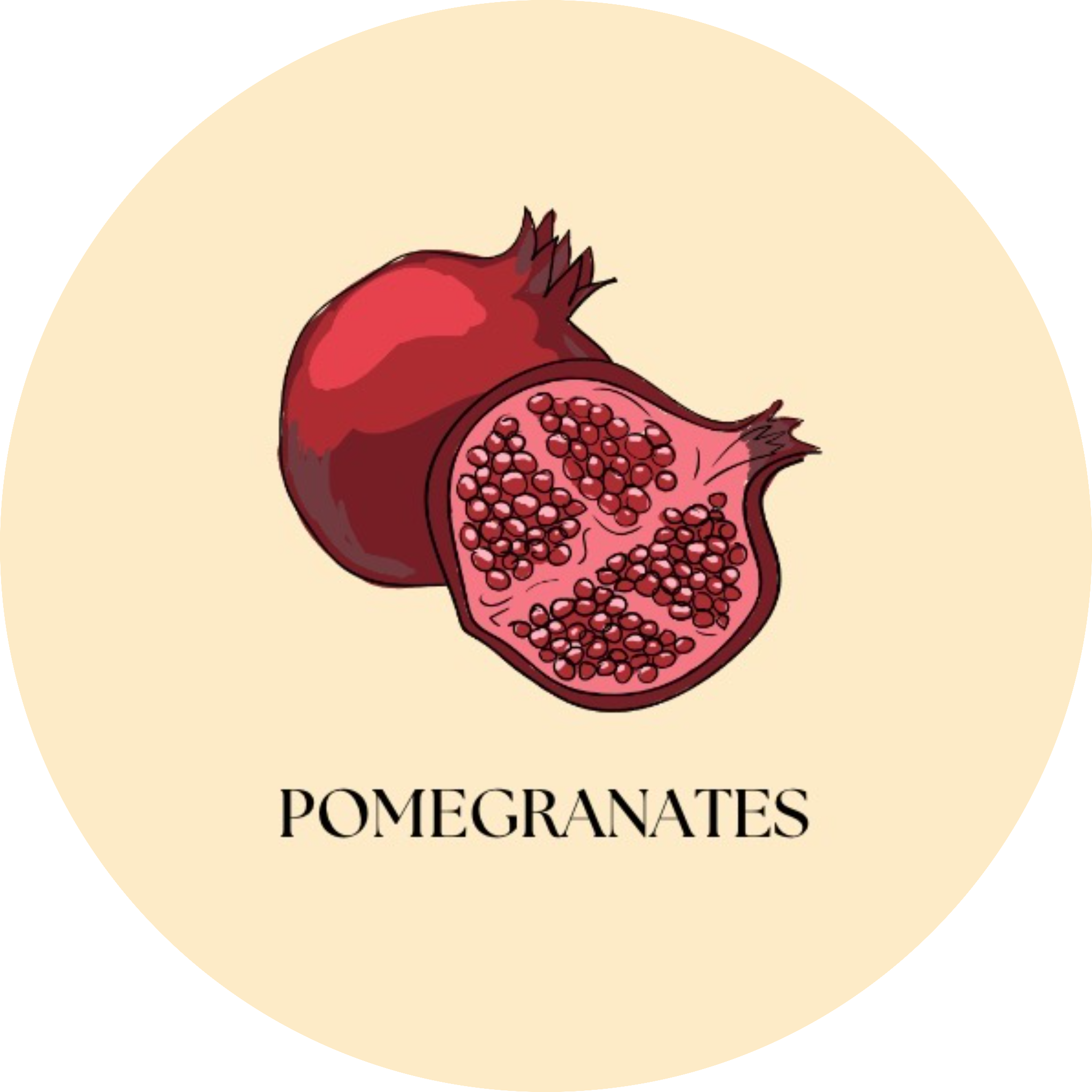
Store in a cool and dry environment like the kitchen counter, similar to garlic.
Best to store in the fridge, ideally a crisper drawer! Wrapping parsnips in plastic wrap may help with freshness too.
Another ethylene-emitter. Store at room temp until ripe and then move to the fridge.
Store at room temp until ripe and then move to the fridge. Store whole pineapples in the fridge with plastic wrap, and once cut, keep pineapple in an airtight container.
Keep whole pomegranates in the fridge as is, and once seeded, store in the fridge in a sealed container.
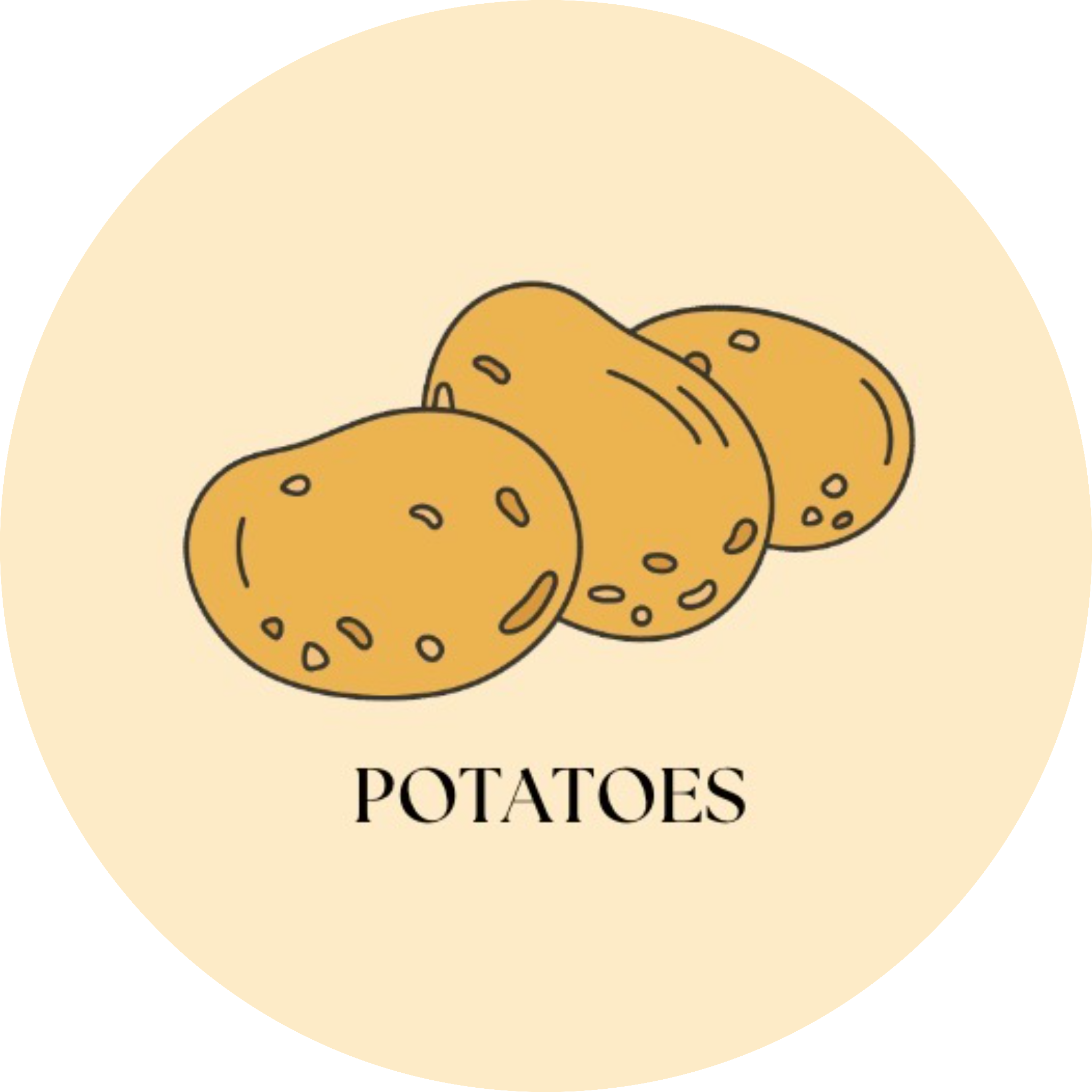

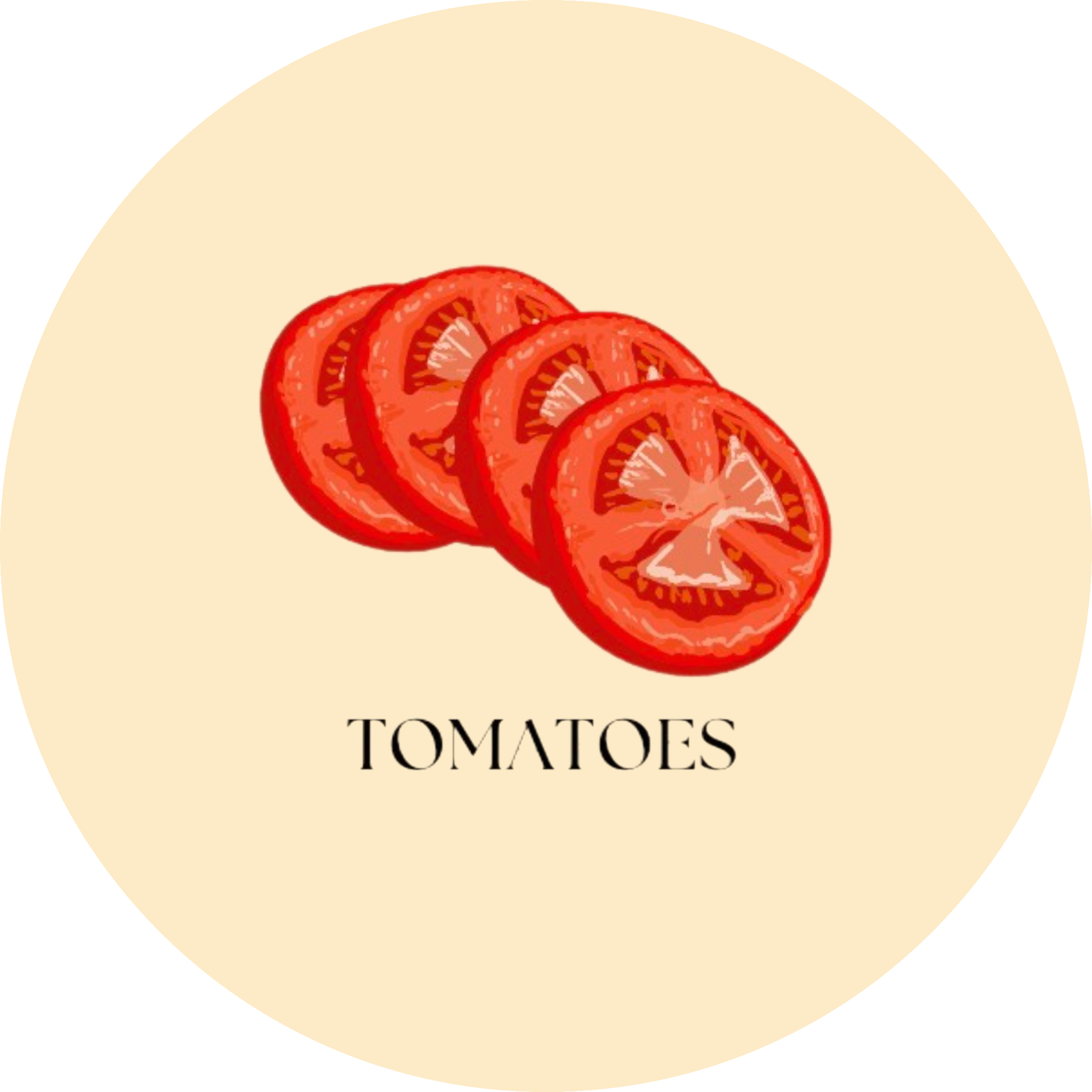

Store in a cool dark place, like the kitchen counter. Keep away from ethylene -emitters like bananas, apples and also onions.
Best to store in the fridge in a crisper drawer.
Store at room temperature – when left in the fridge, the refrigerator can affect the texture of tomatoes and make them mushier.
Keep at room temp. Once cut, winter squash can be stored in a sealed container in the fridge. Avoid putting next to ethylene- emitters.
Sources: Self.com, 2018 & The New York Times, 2020.
